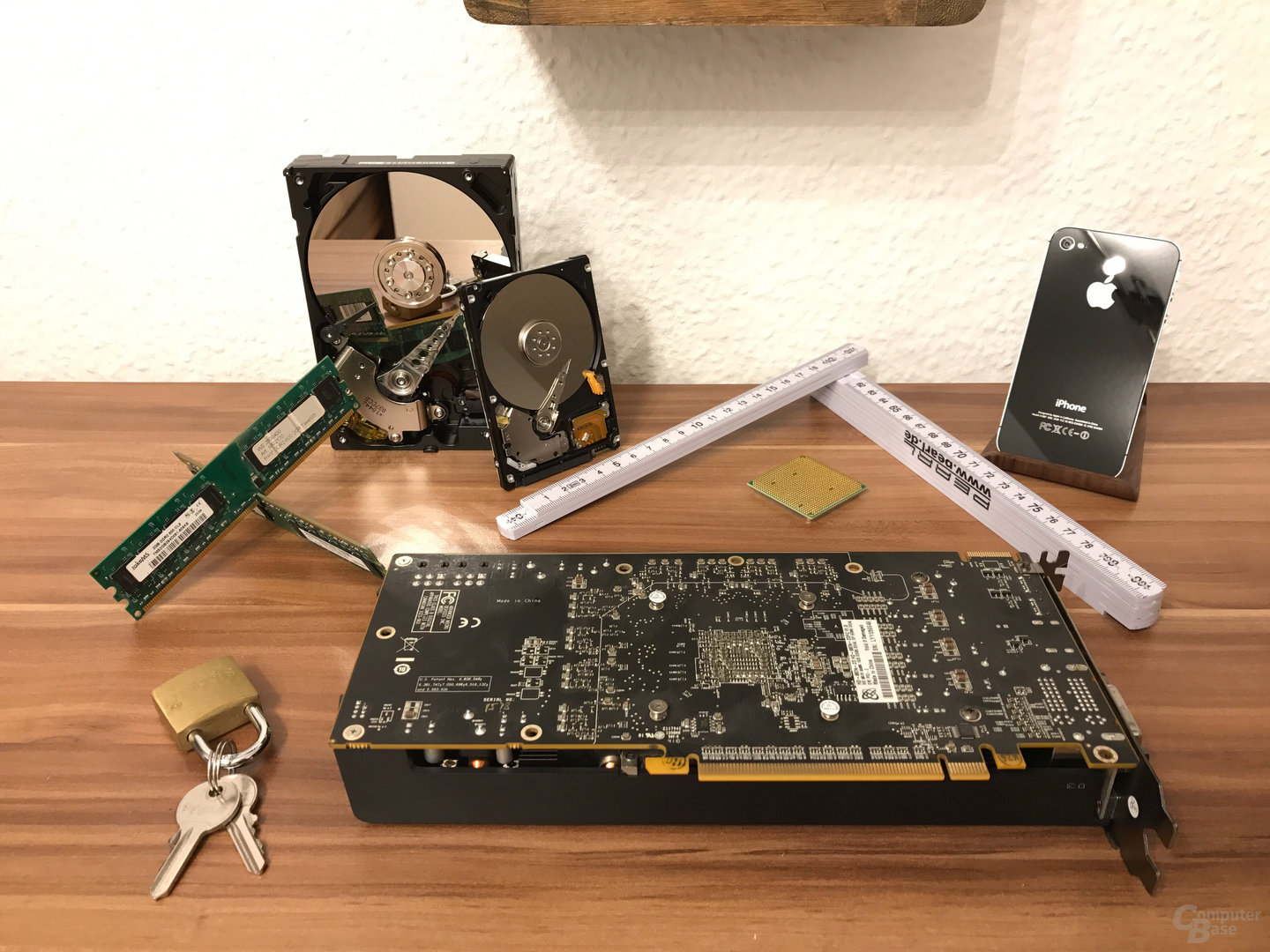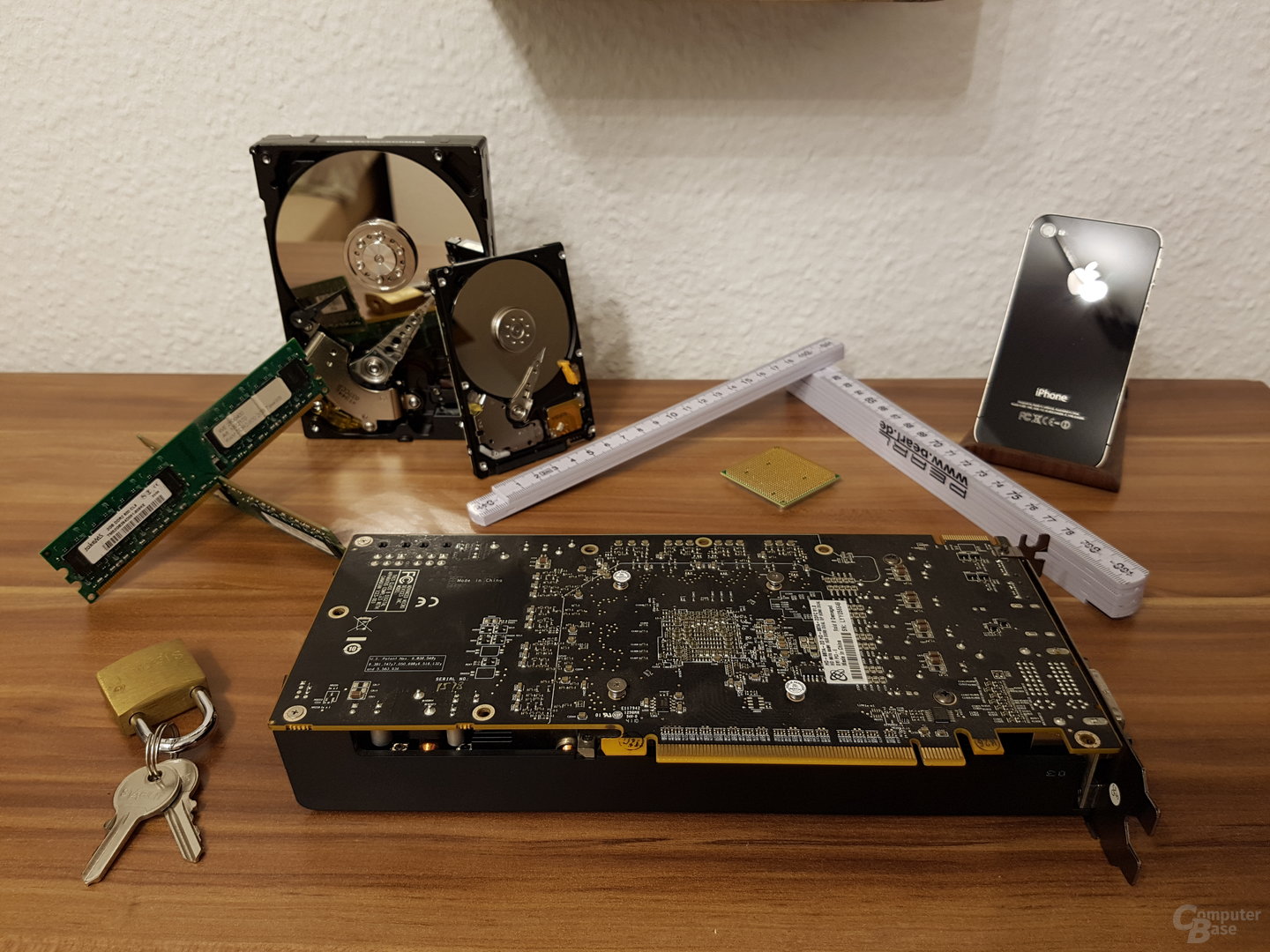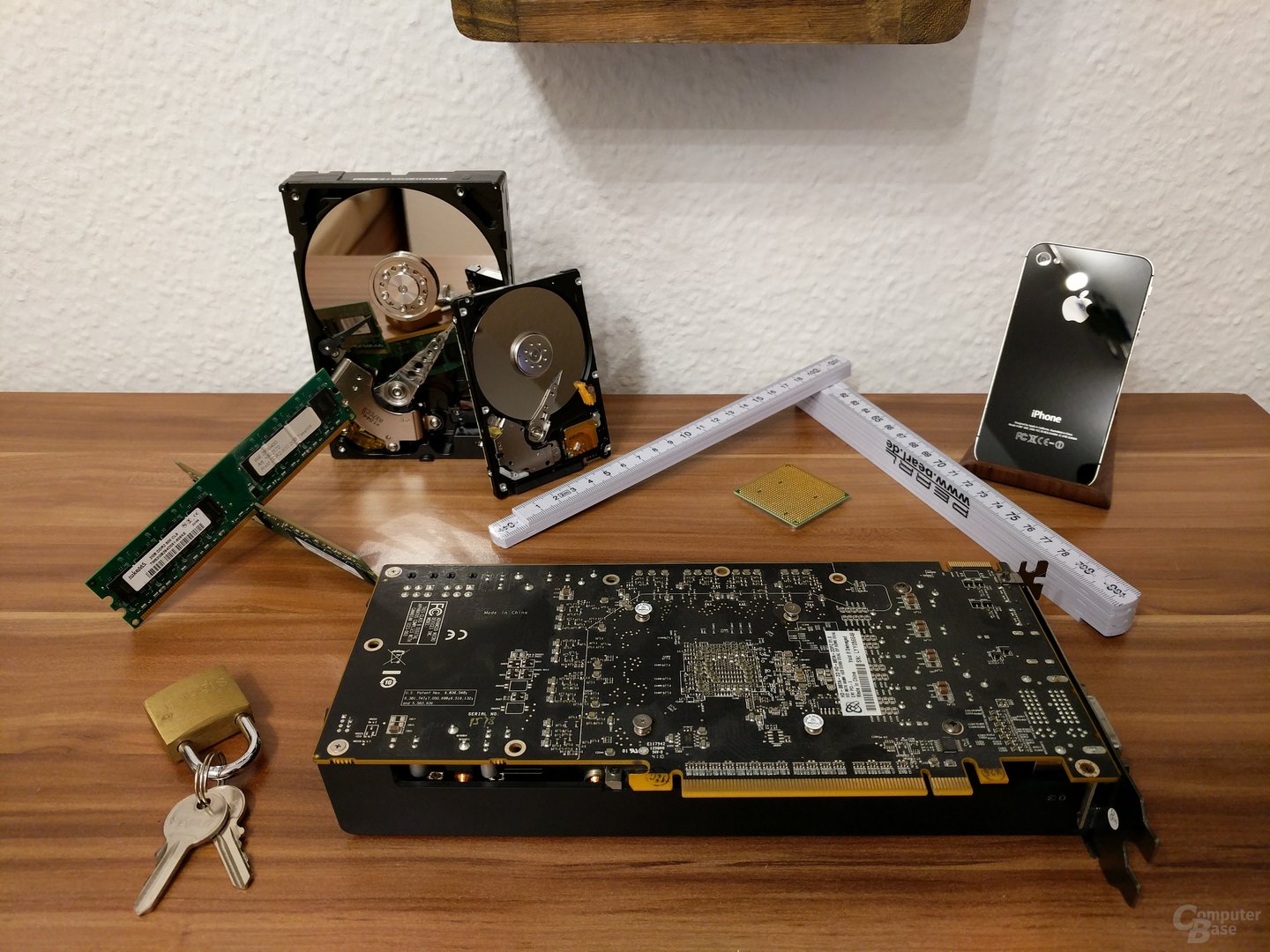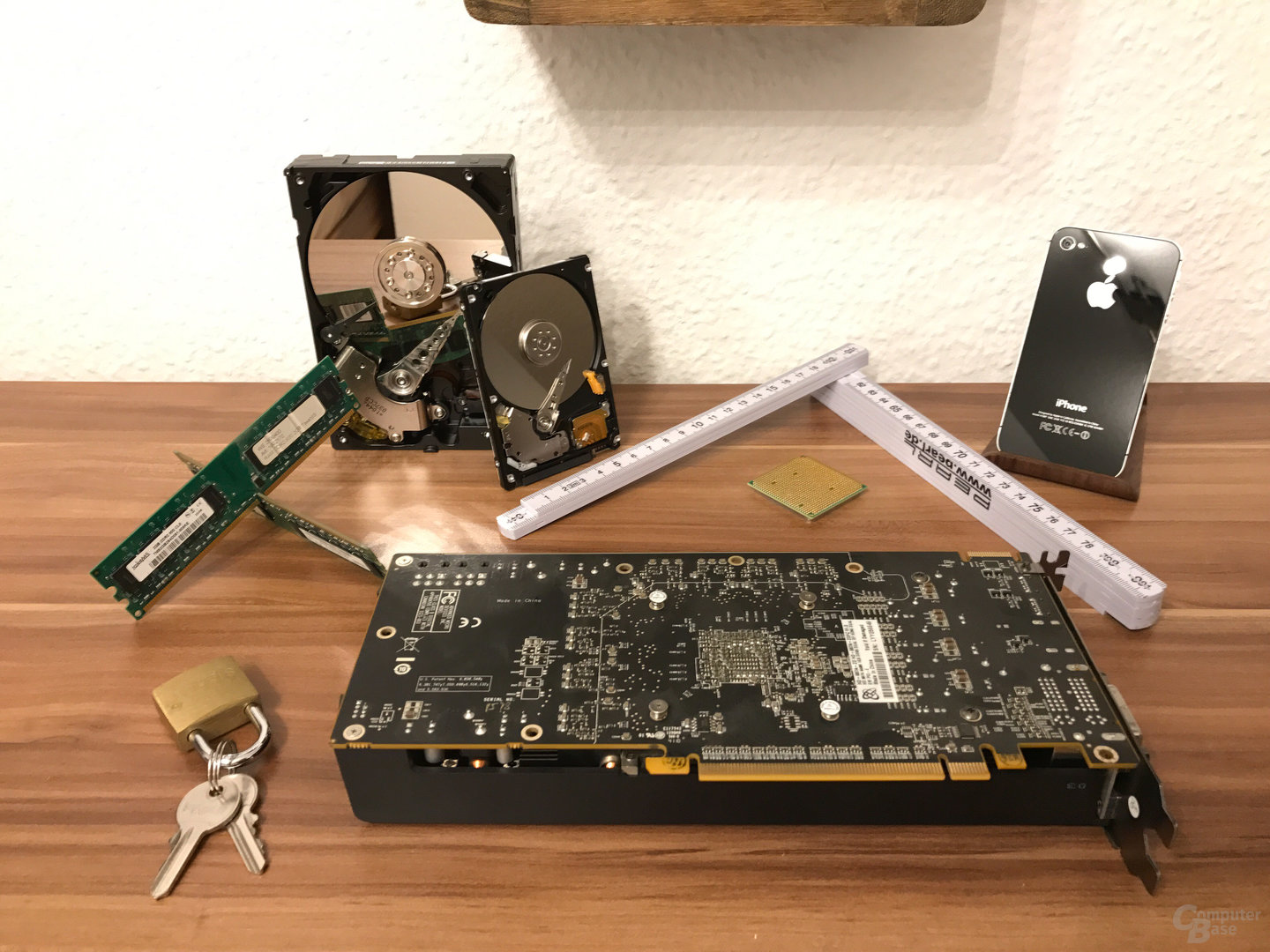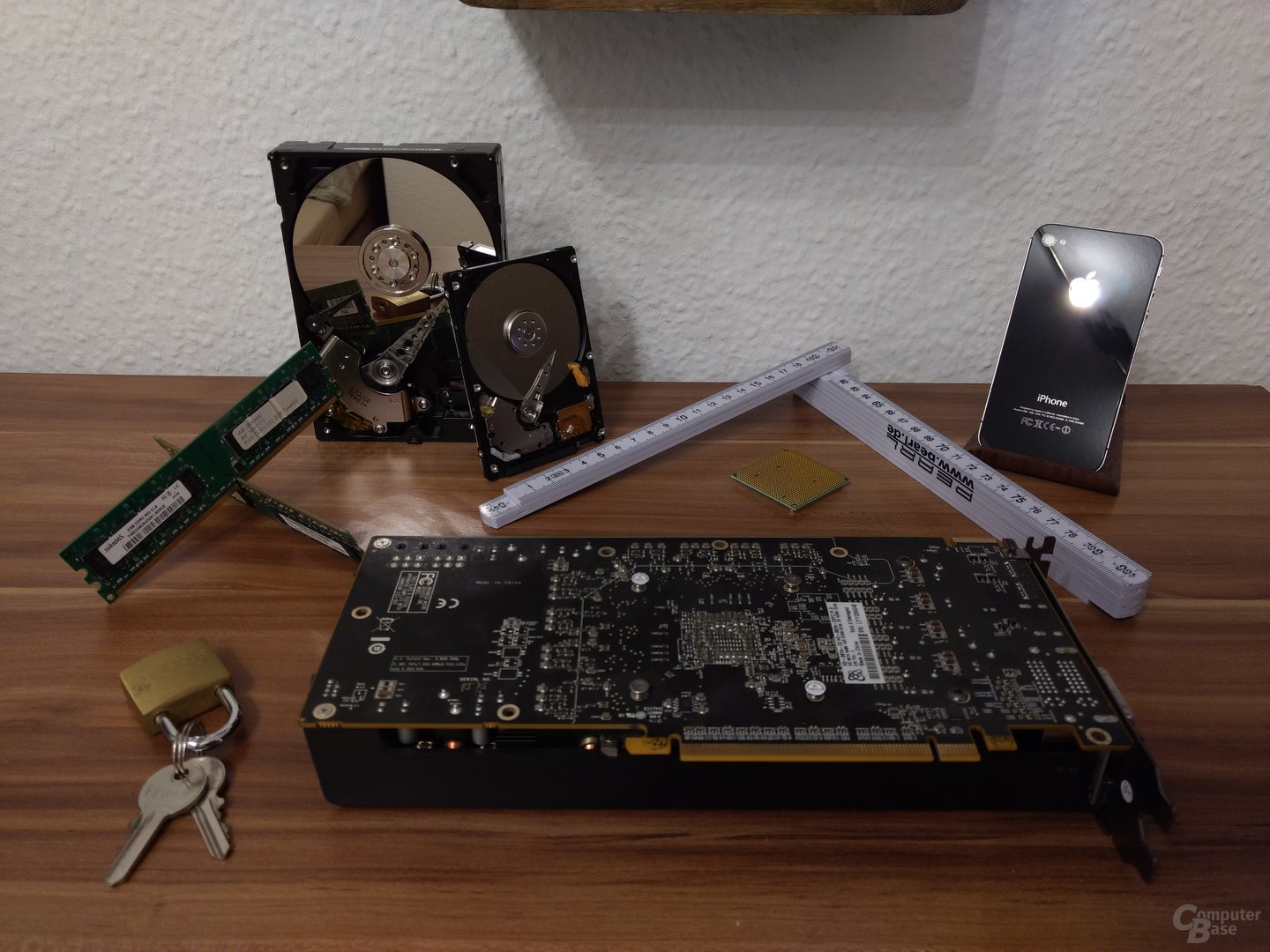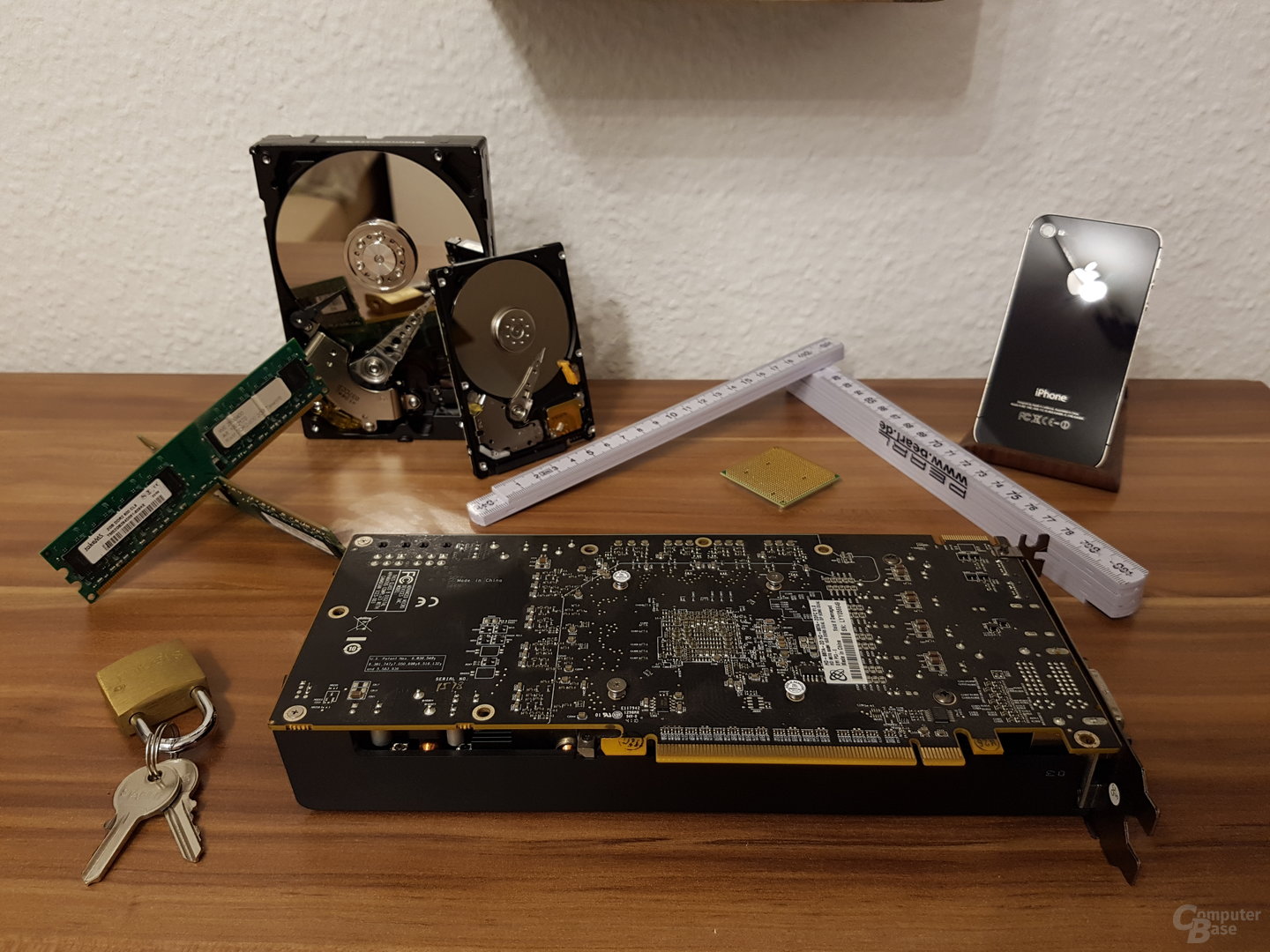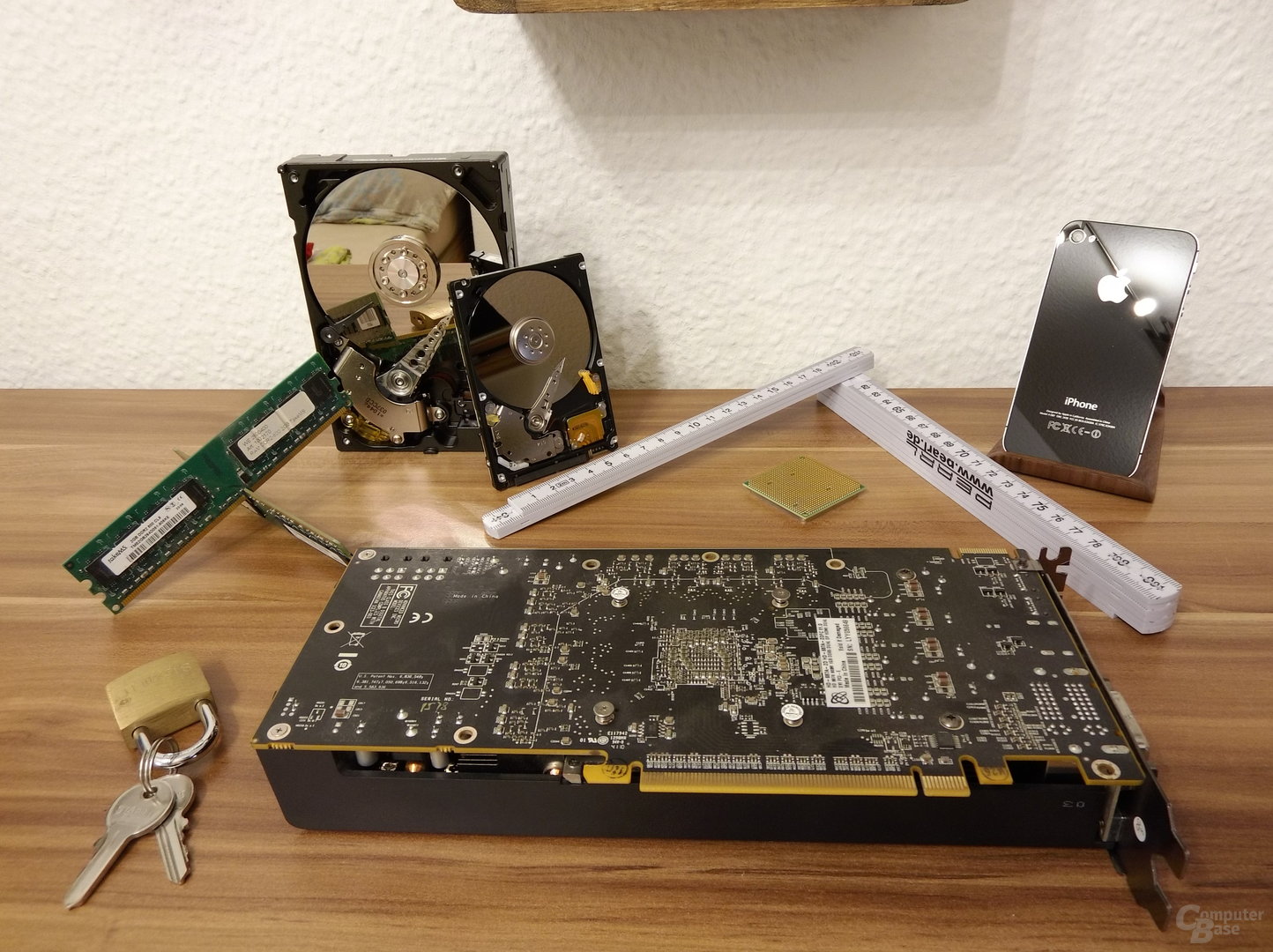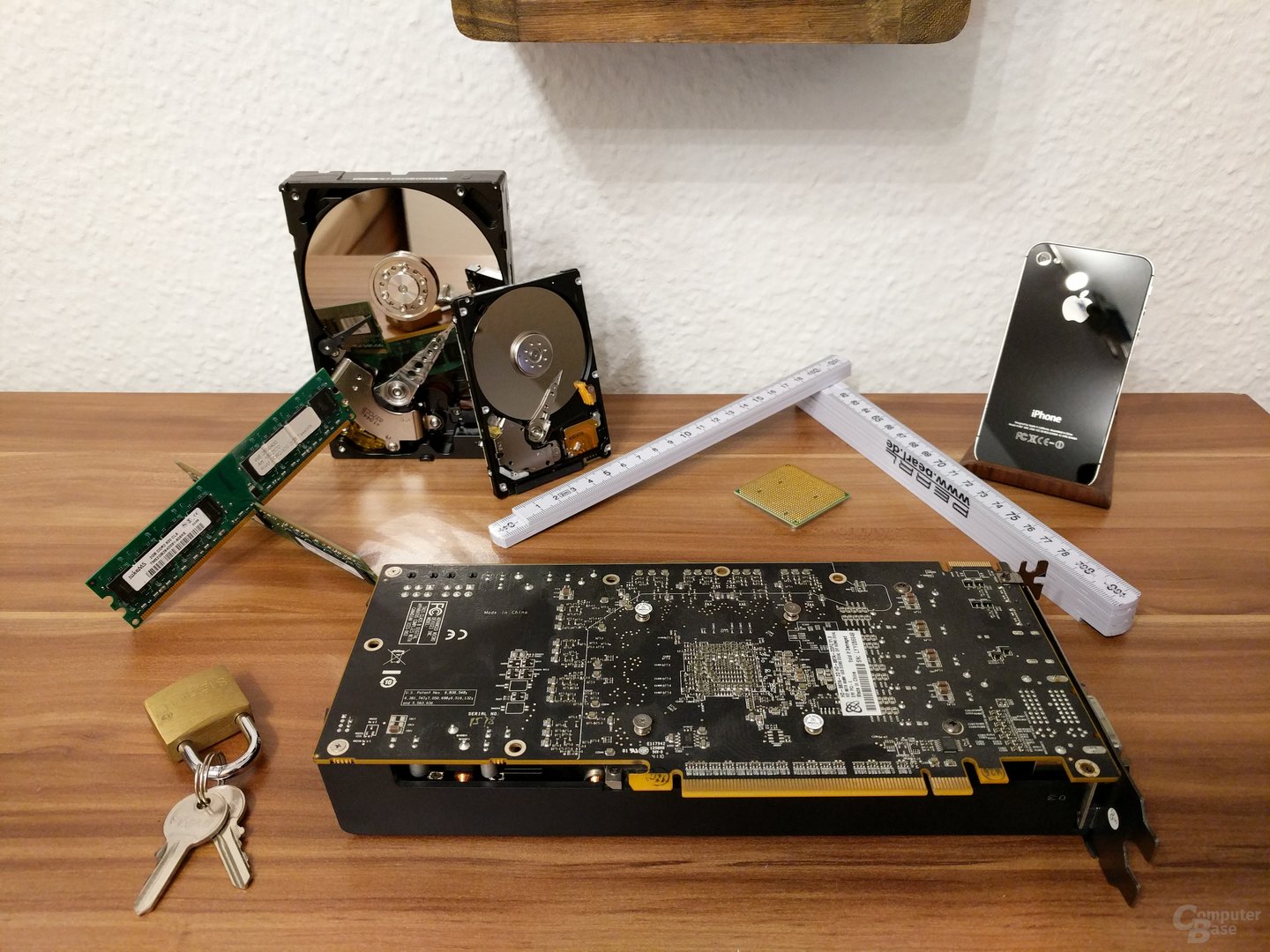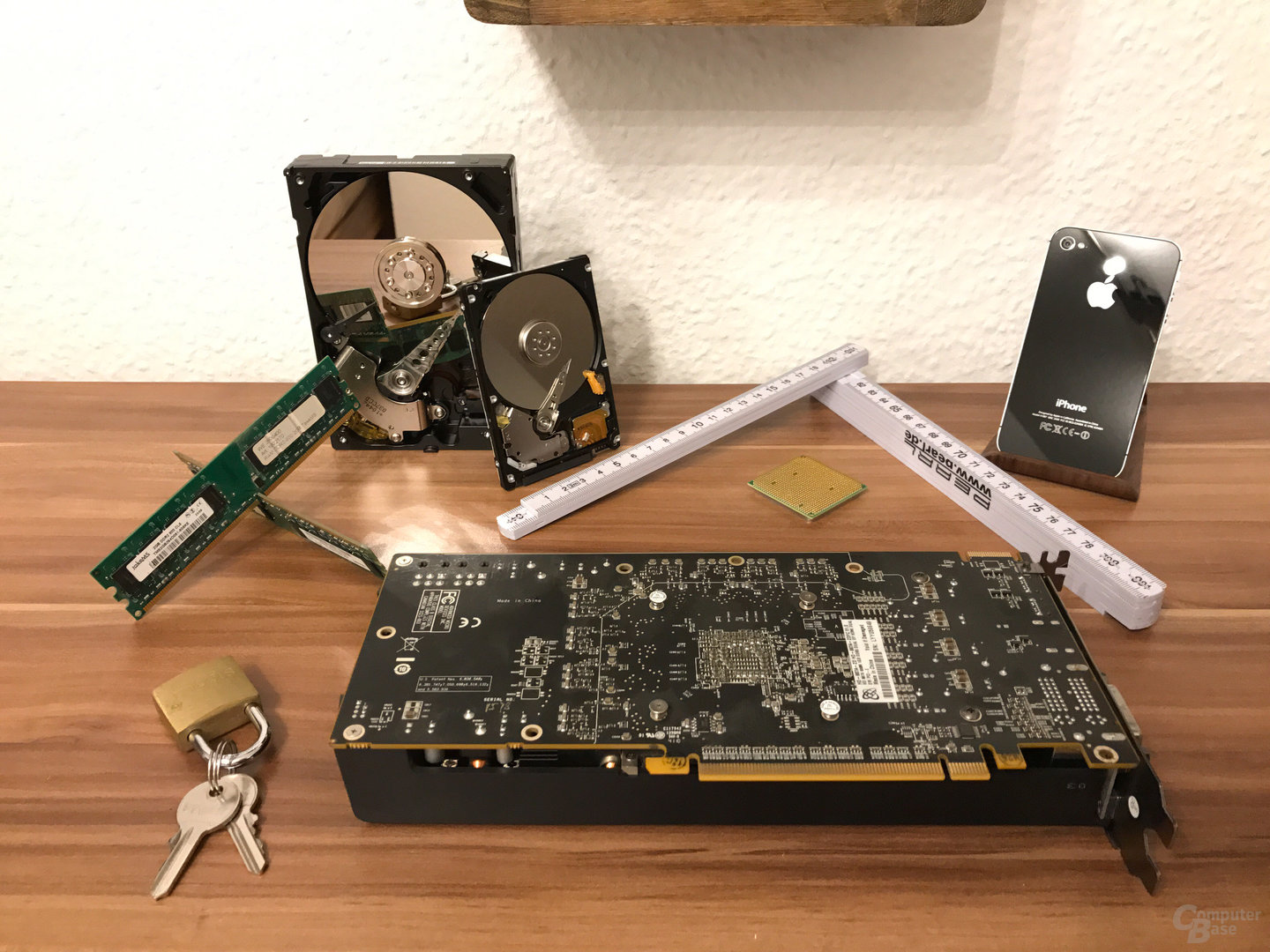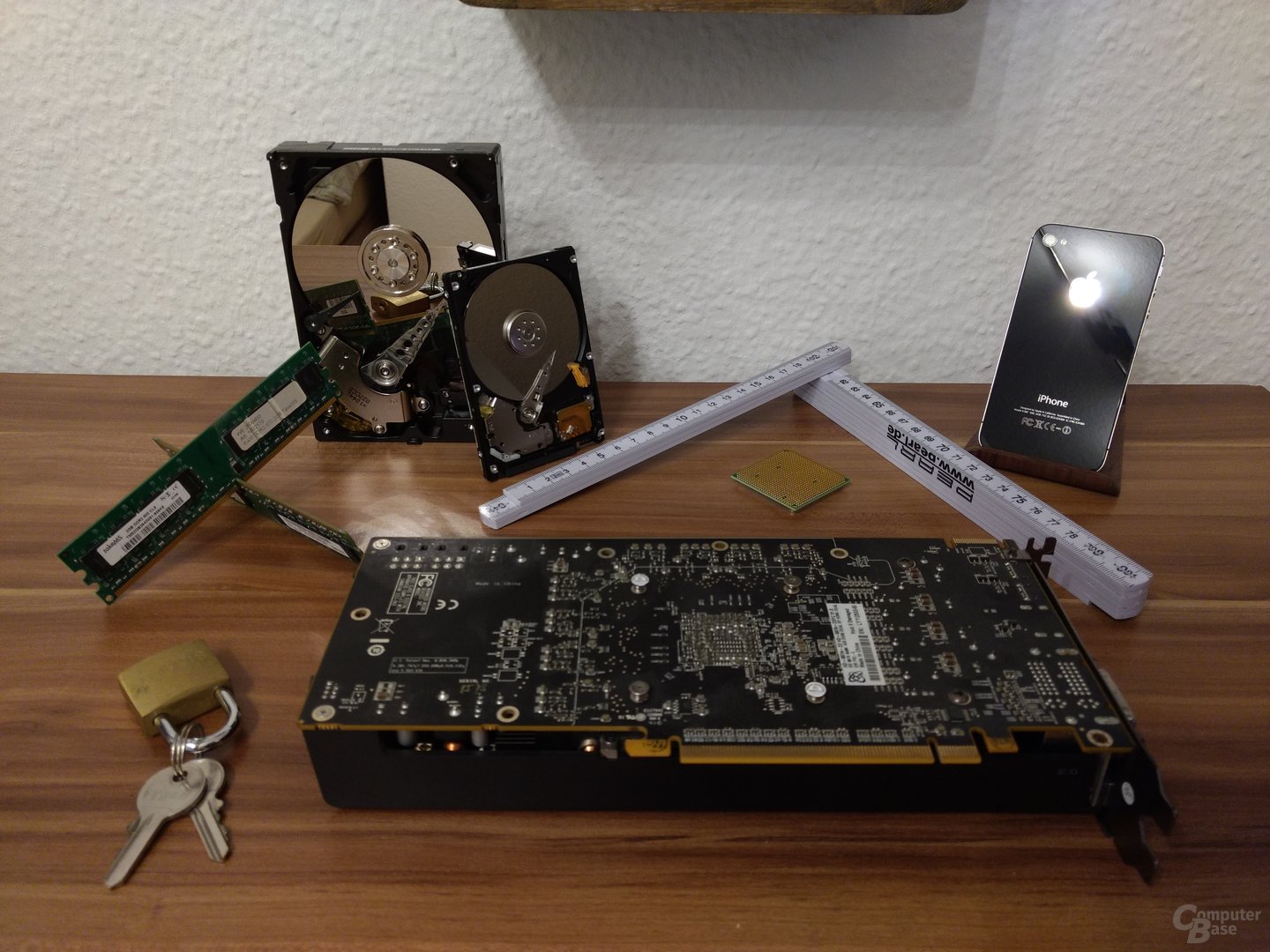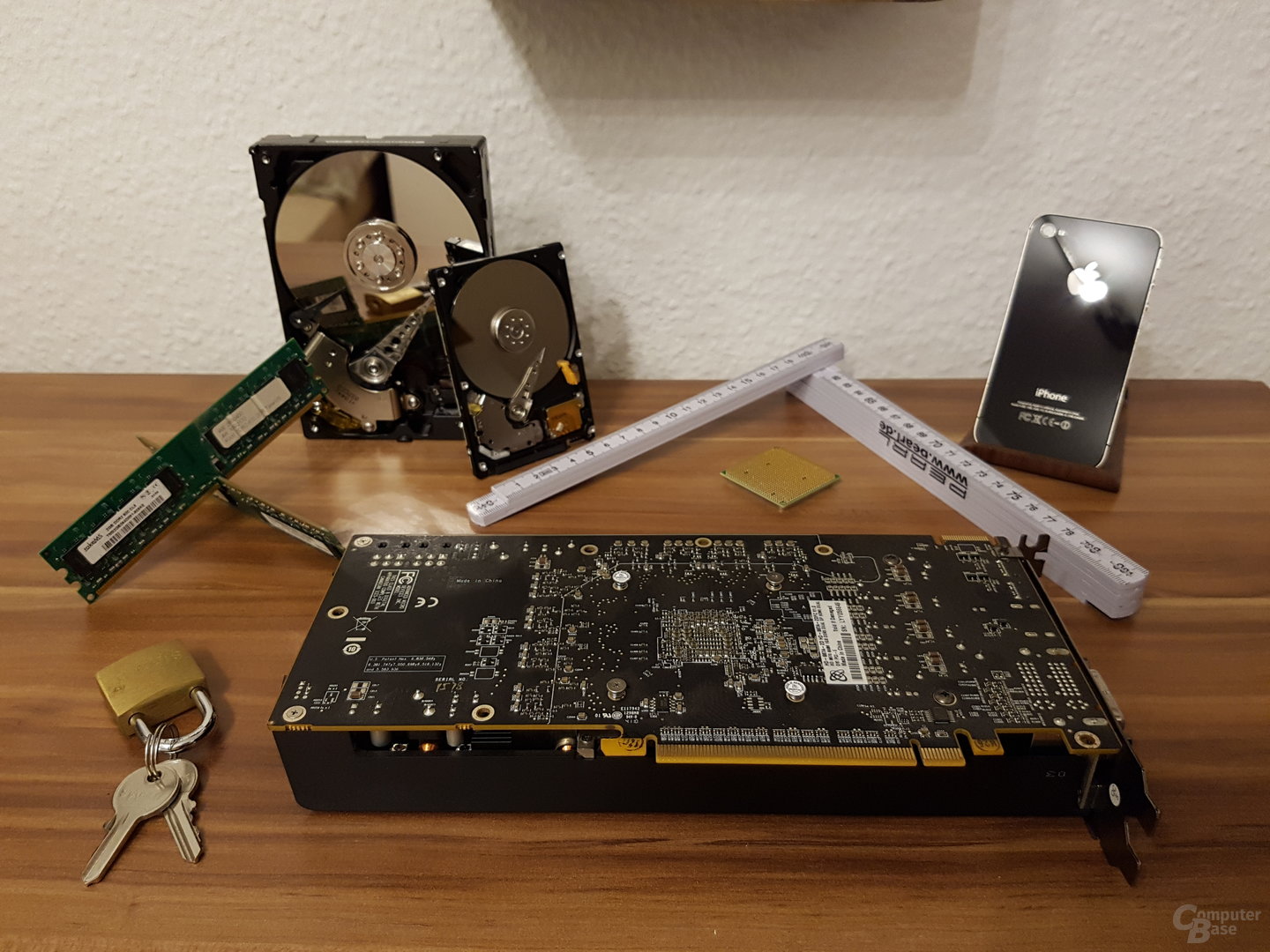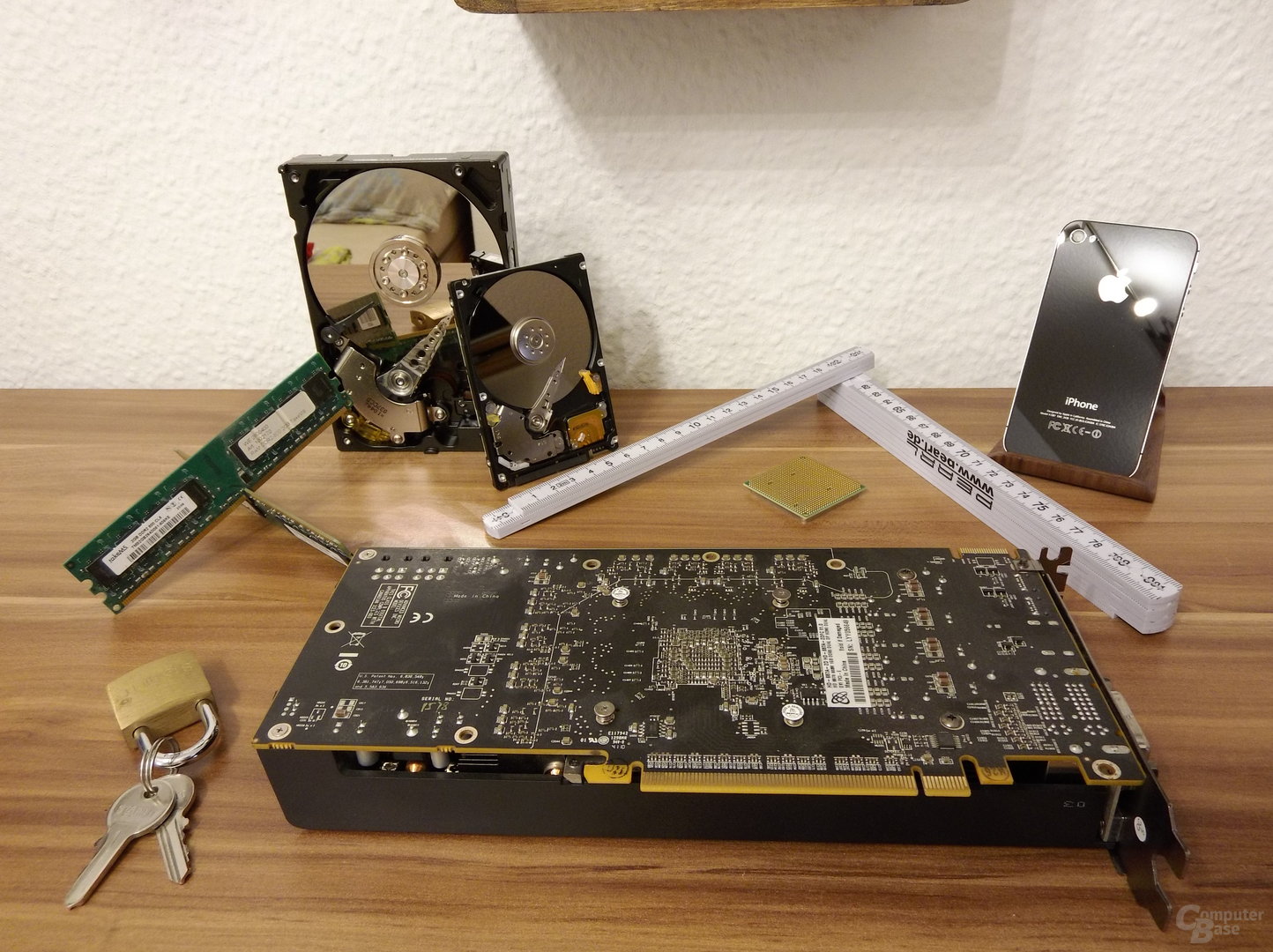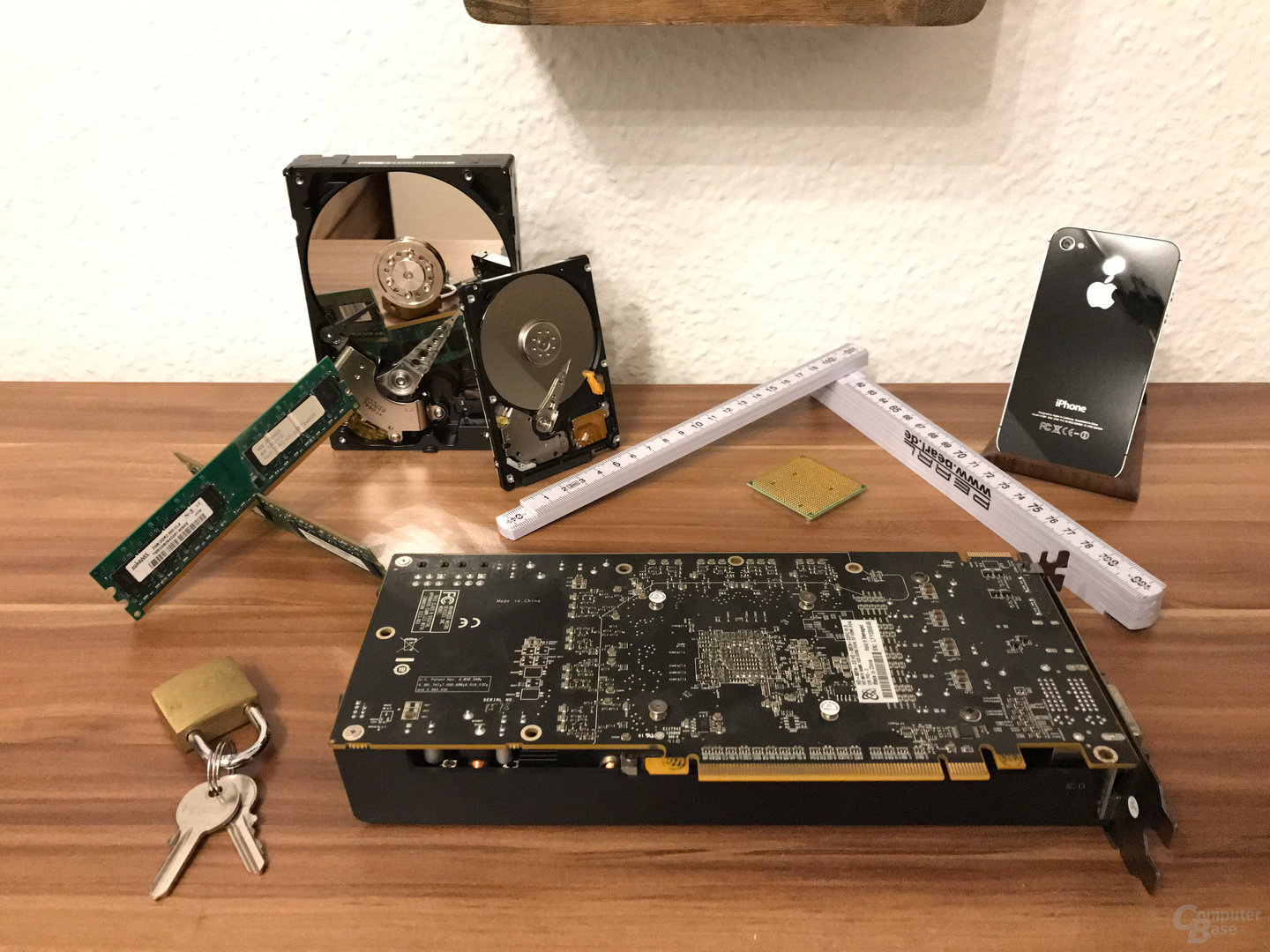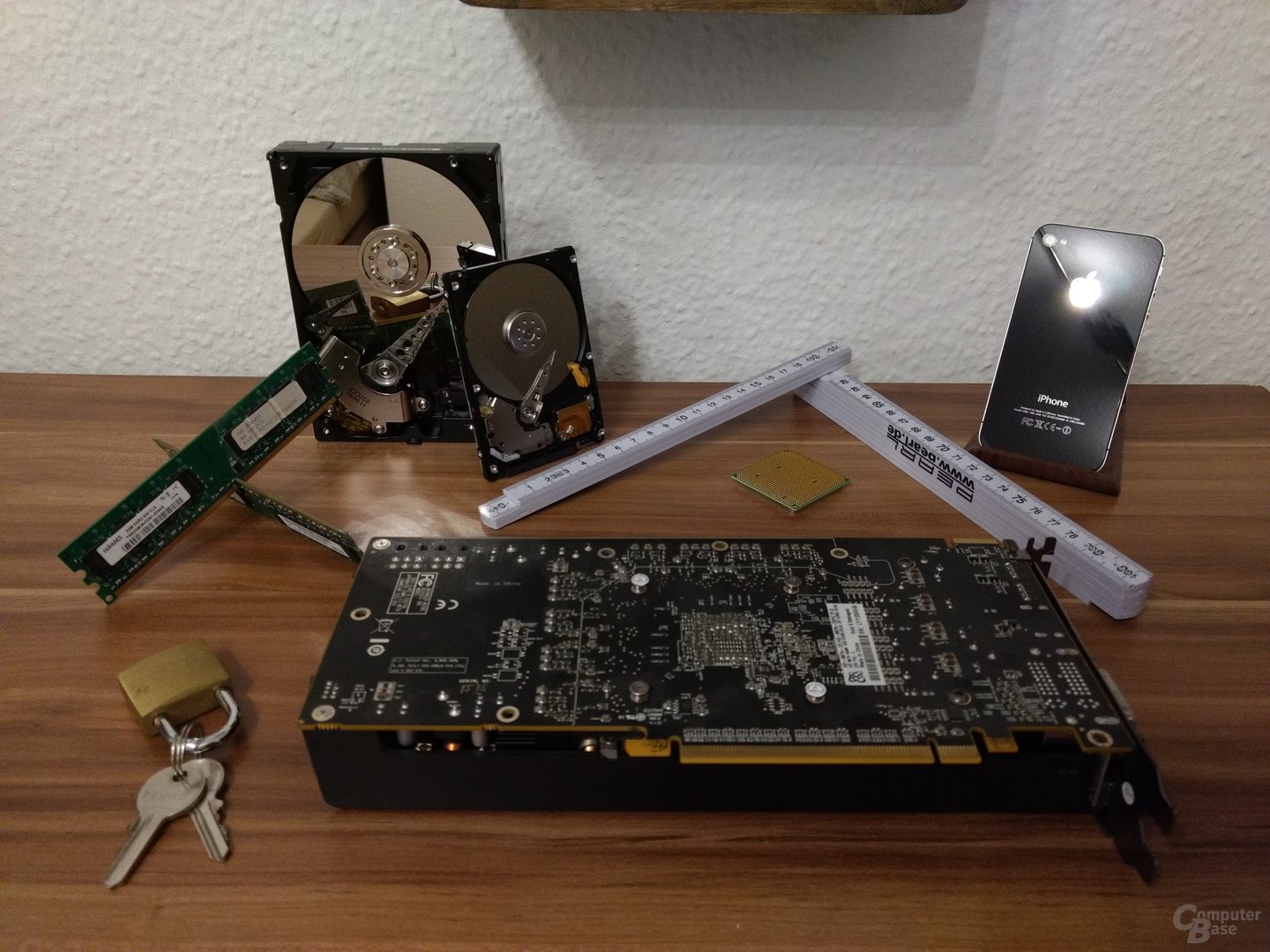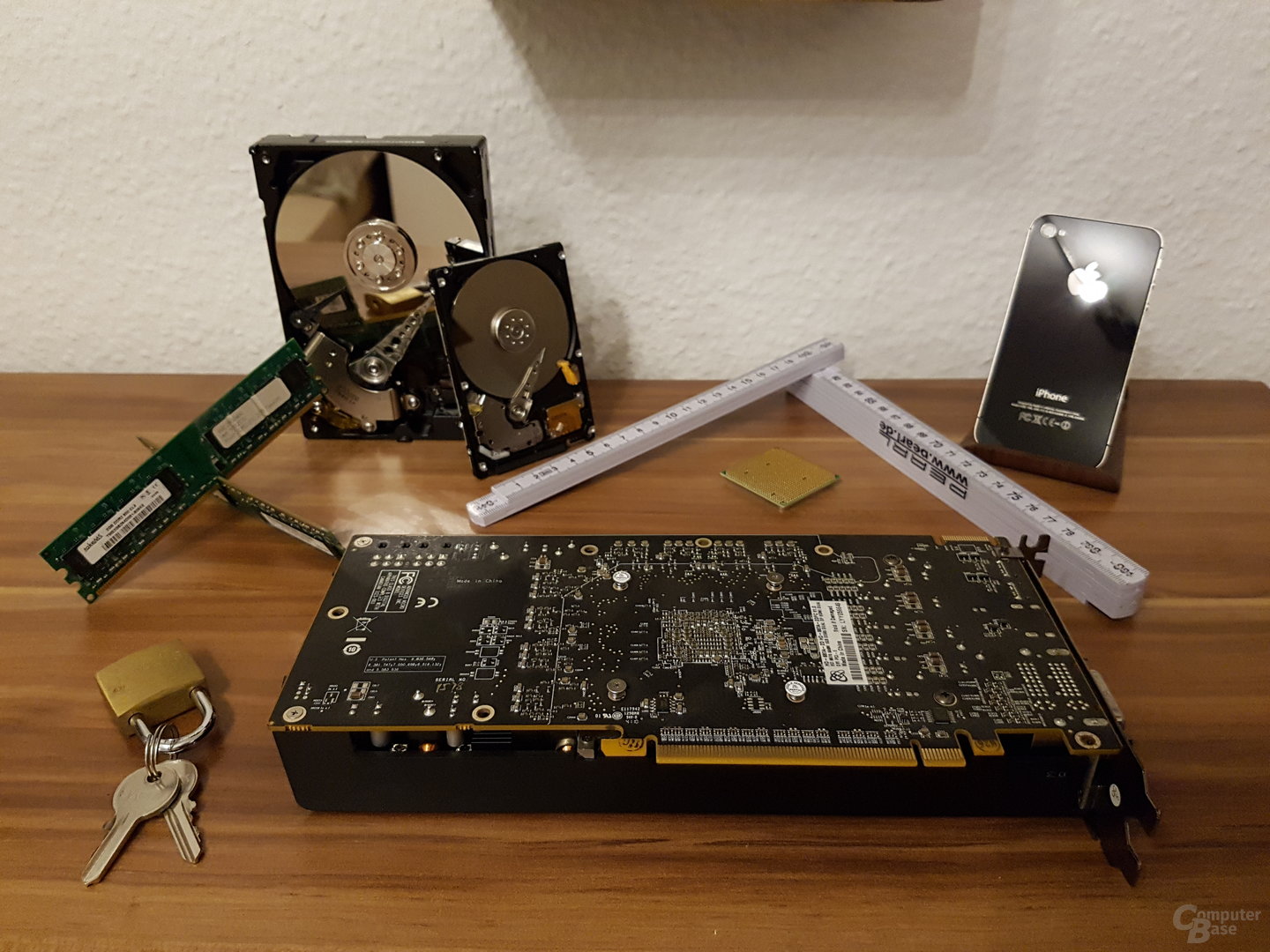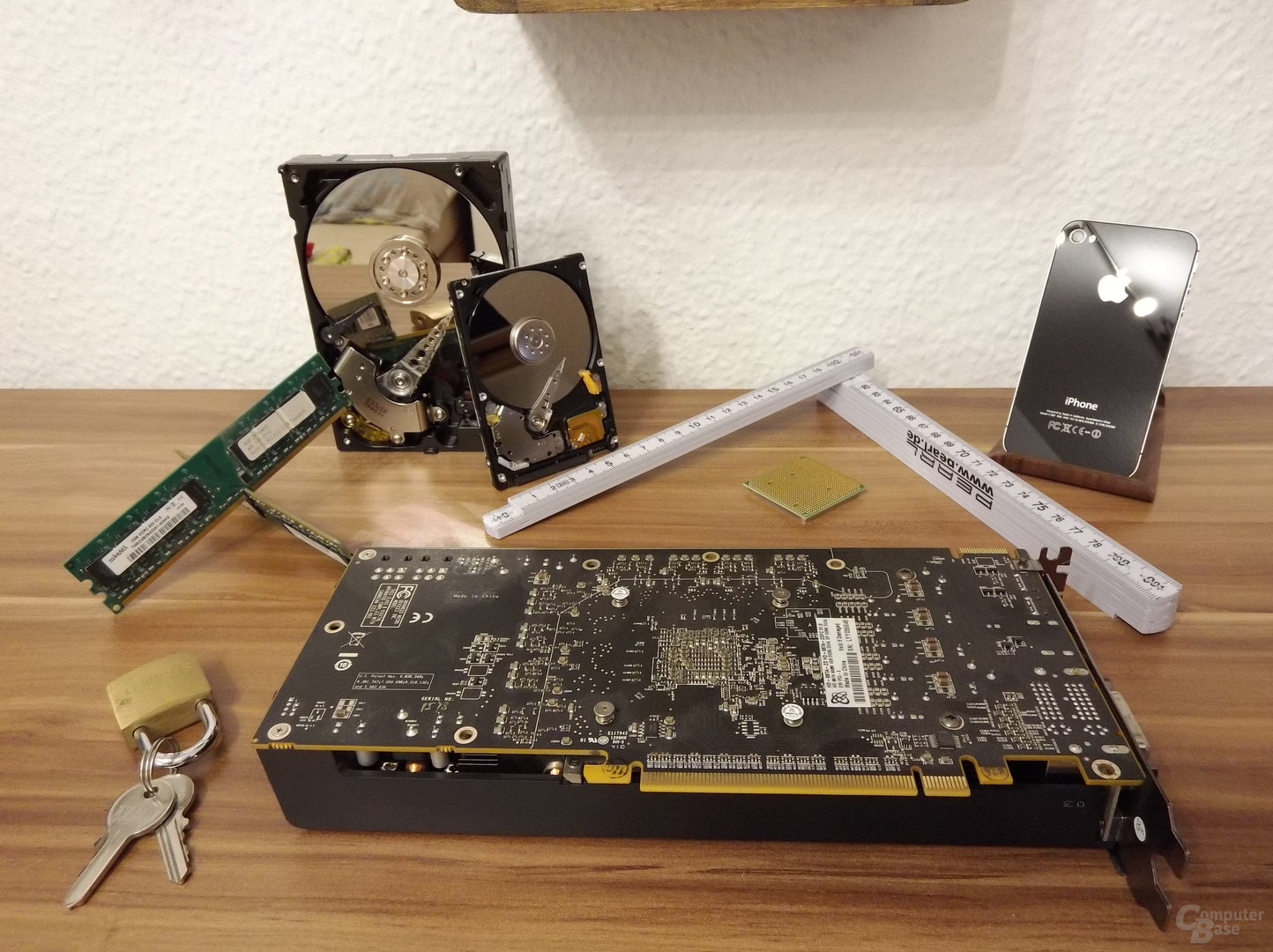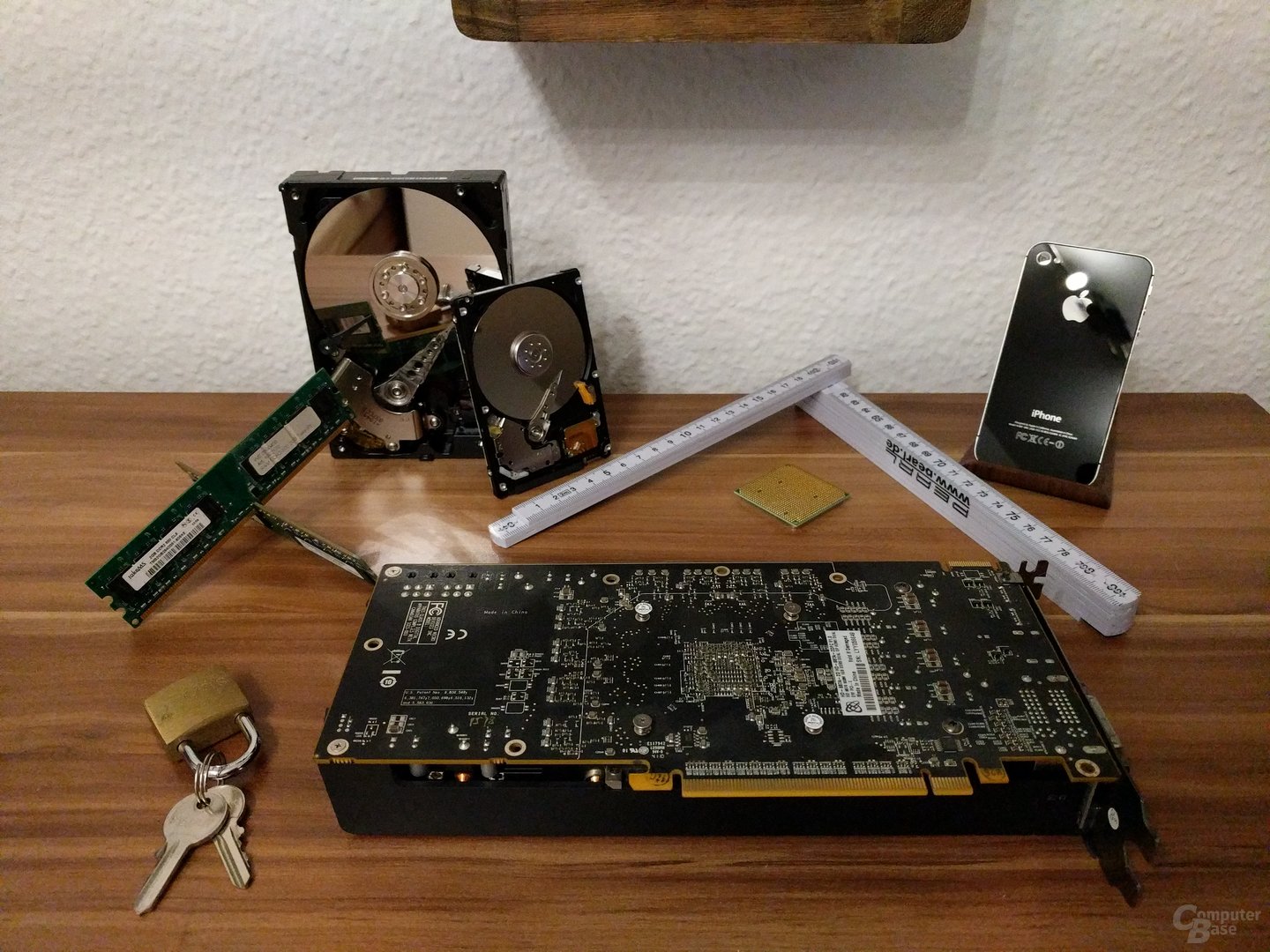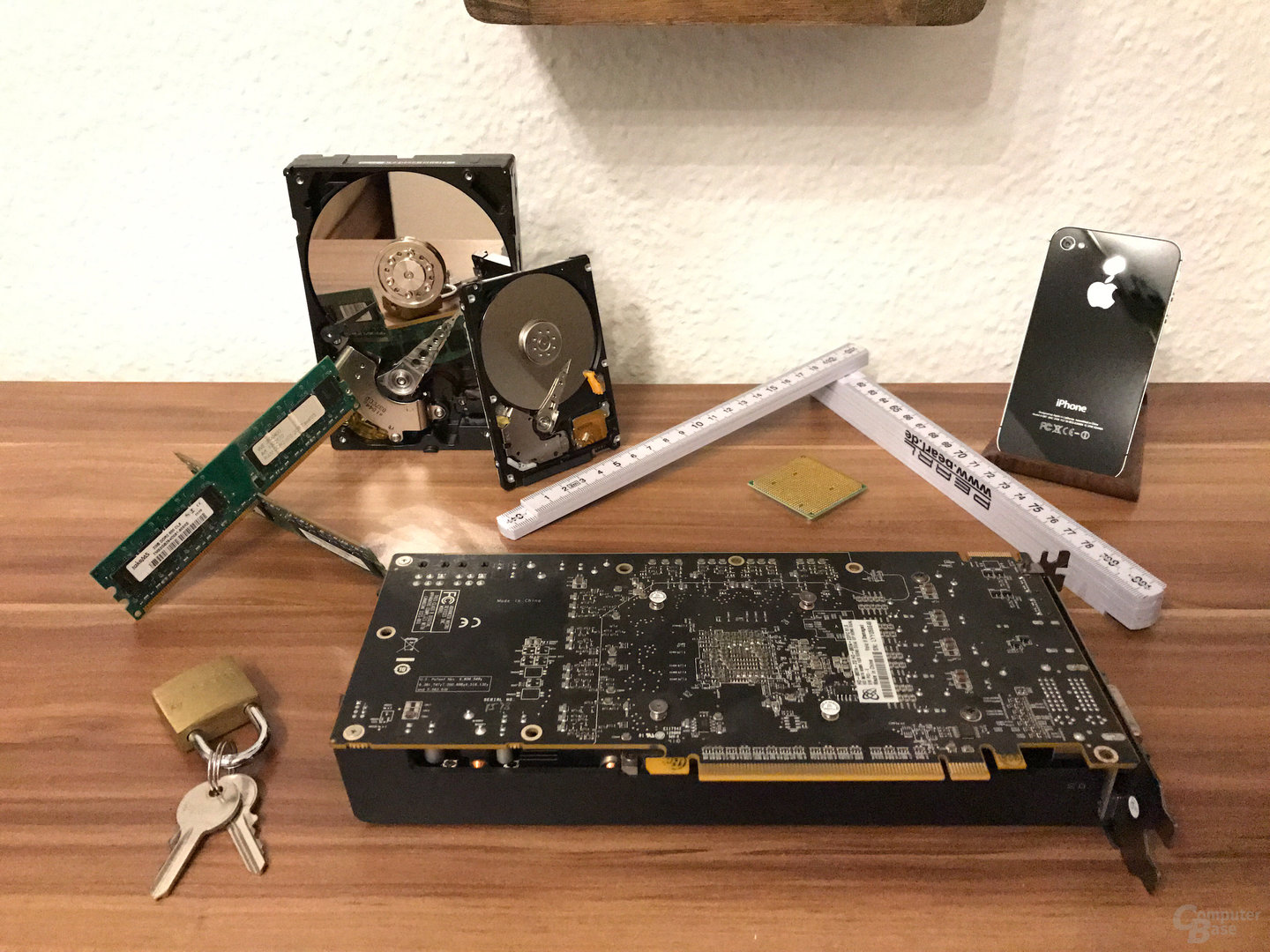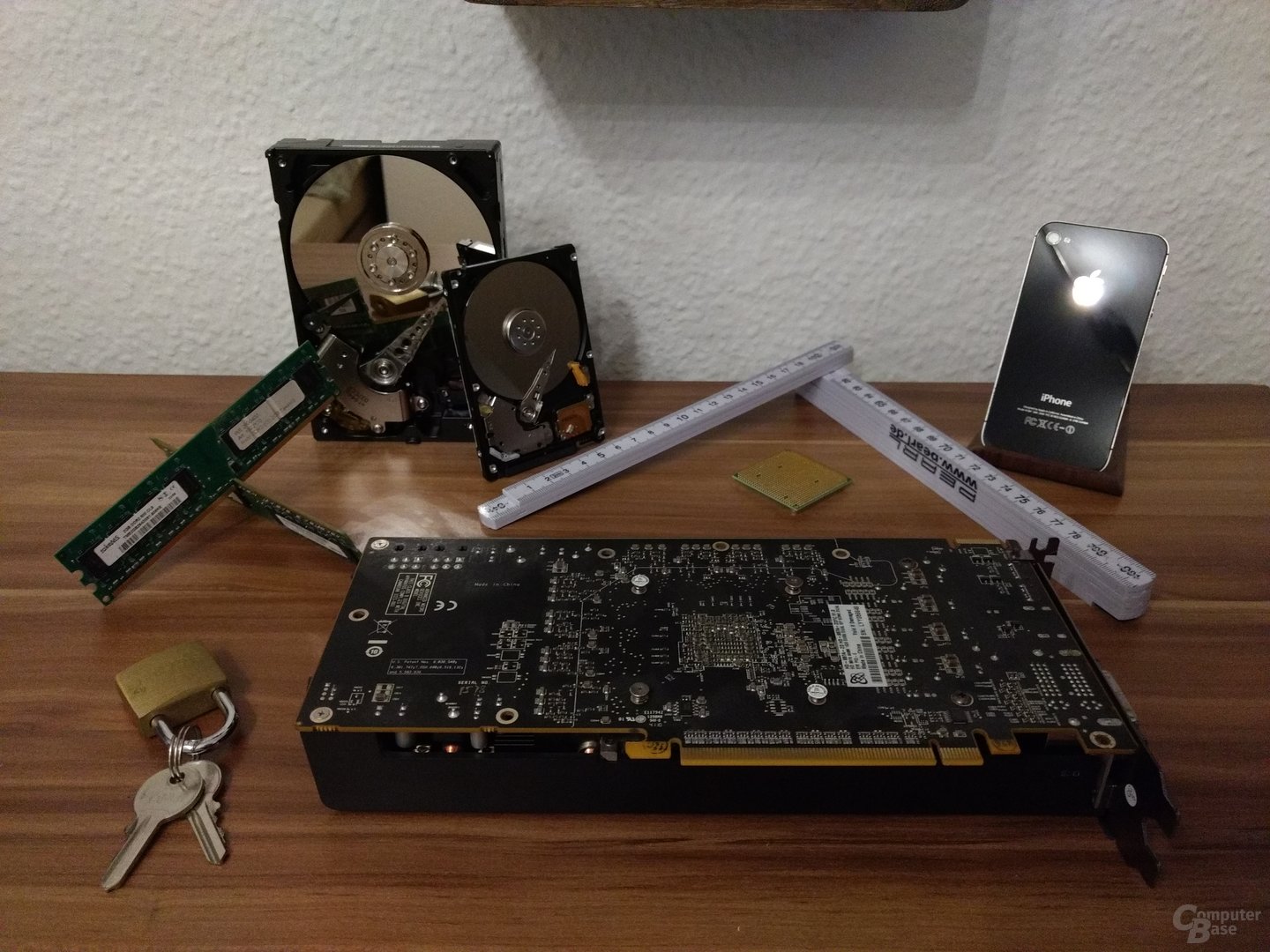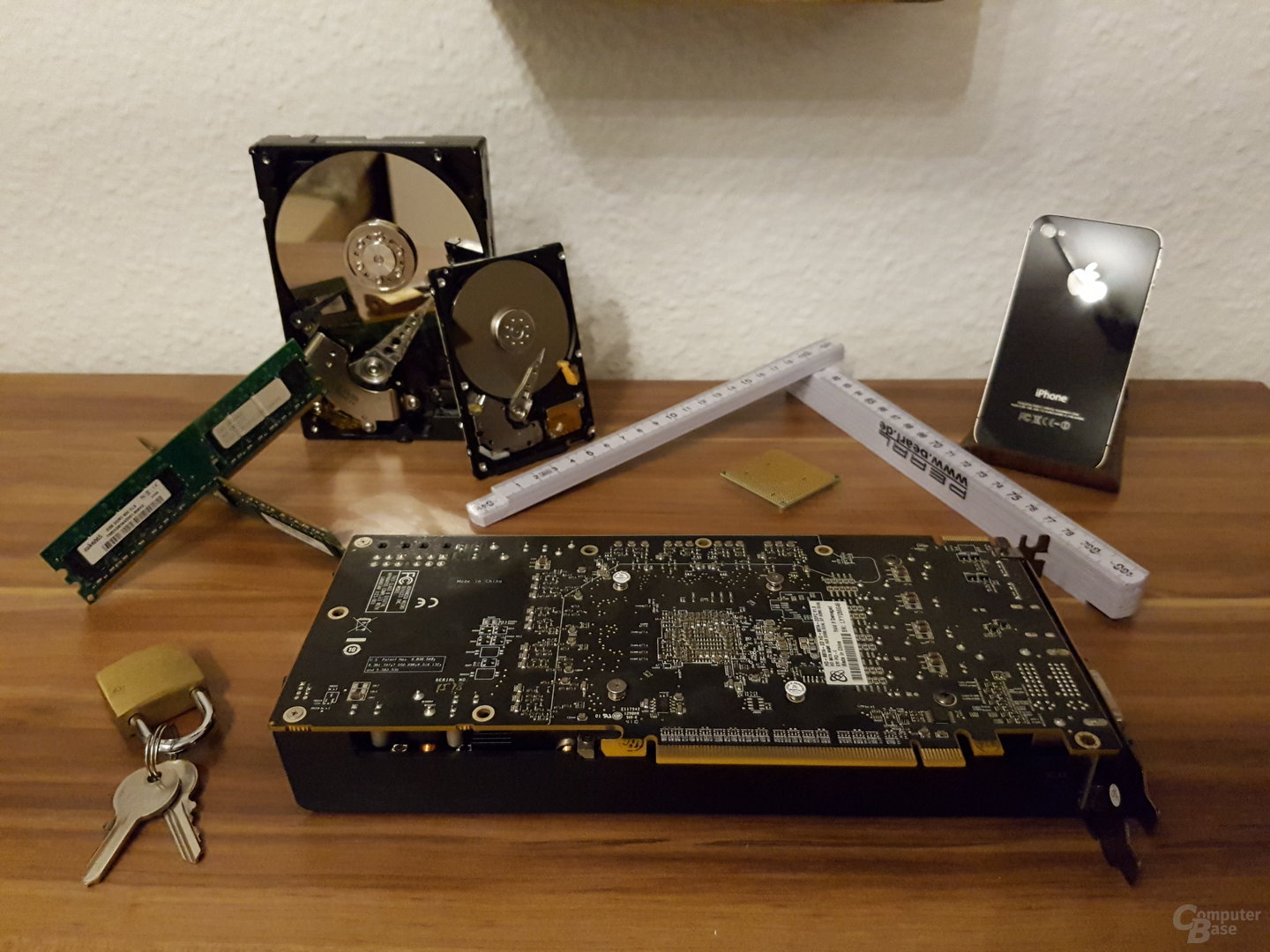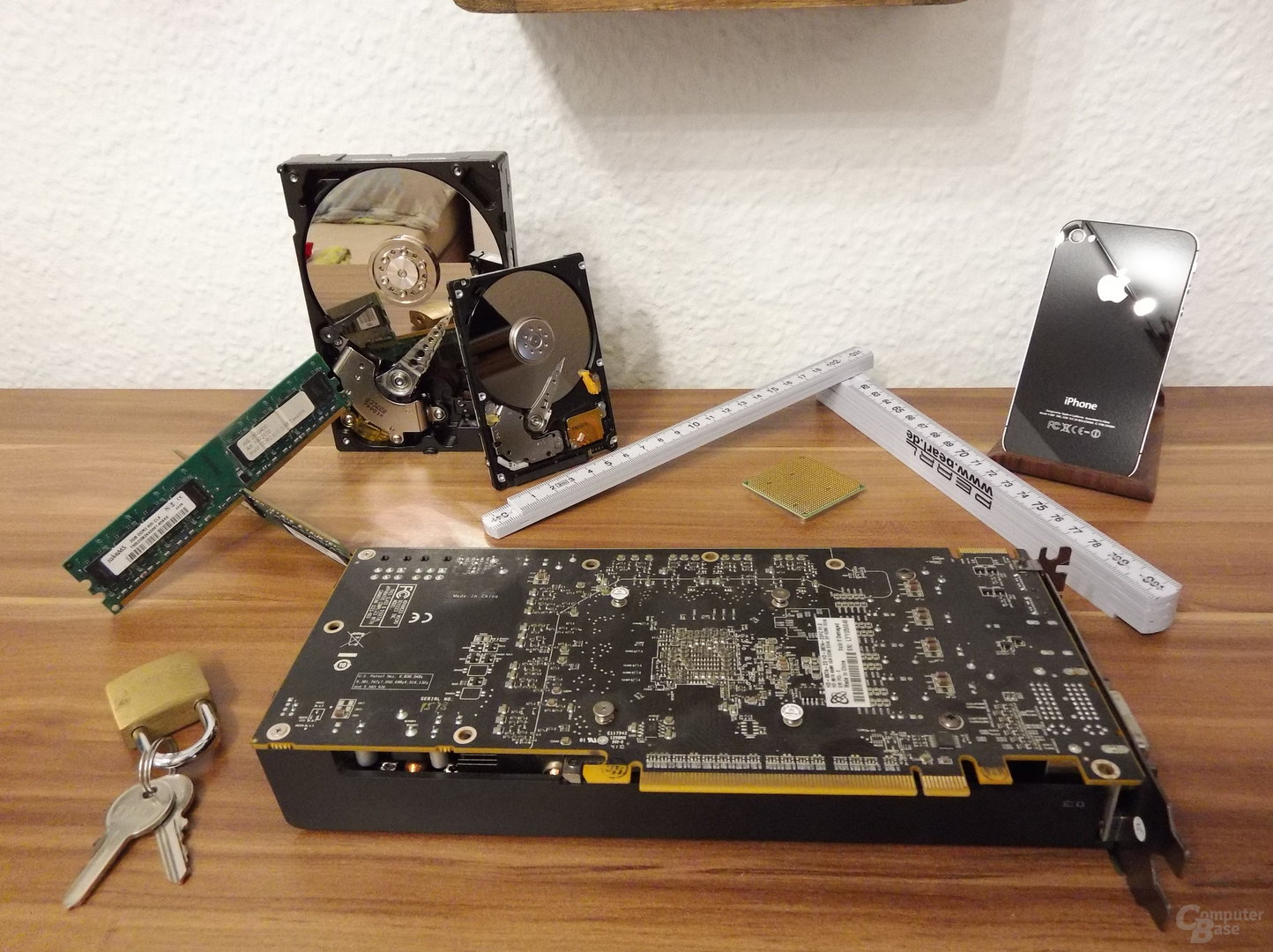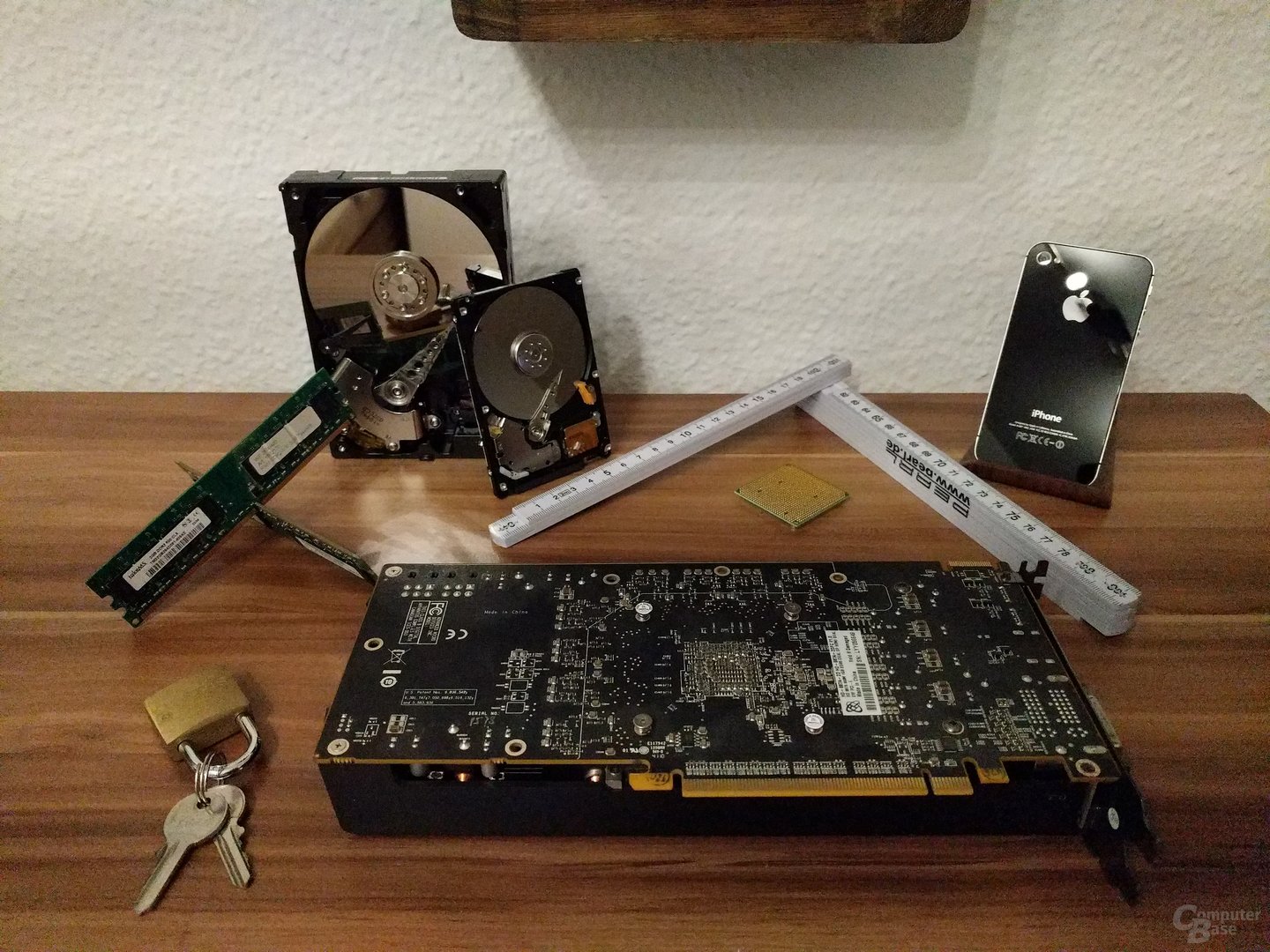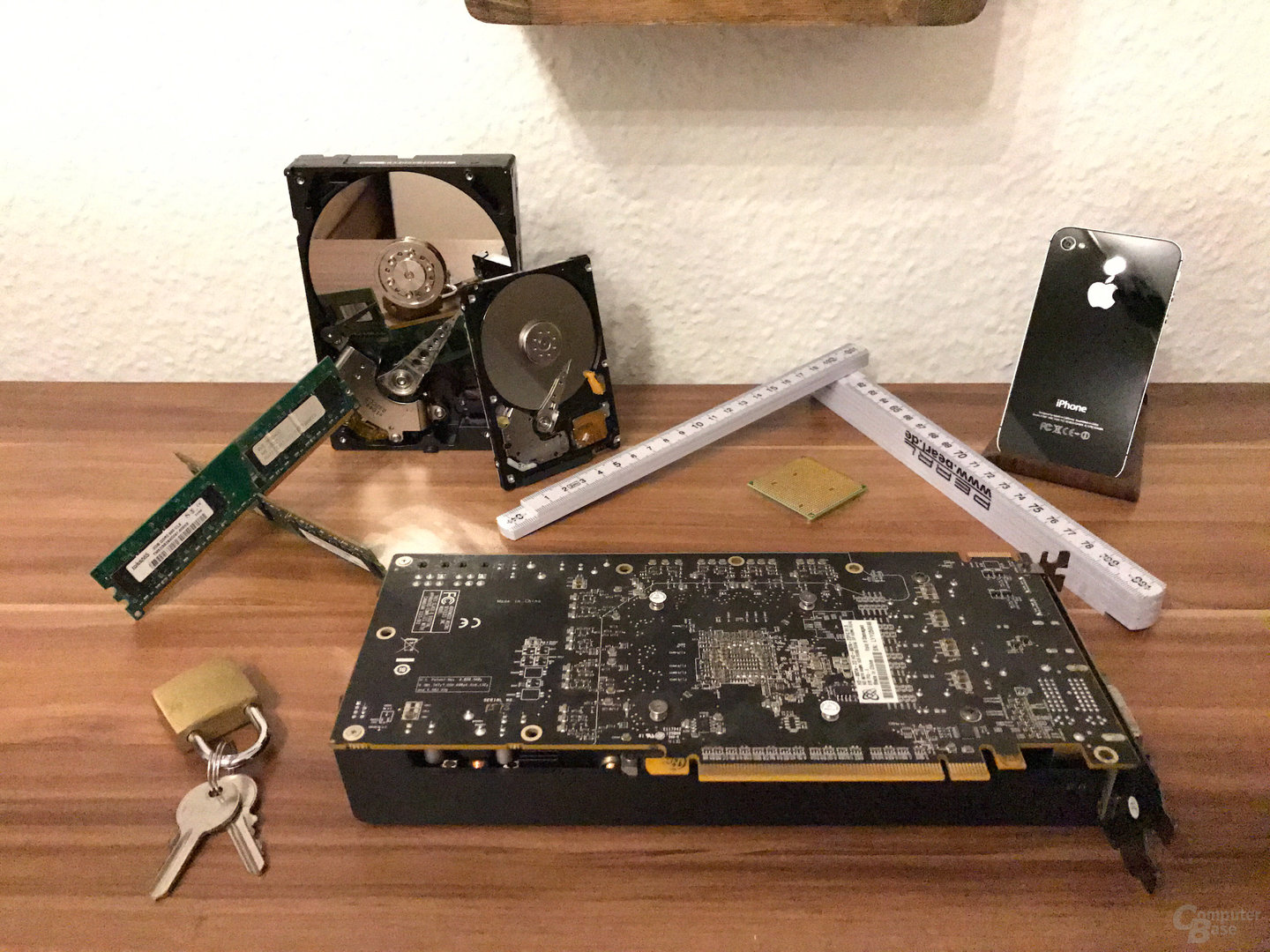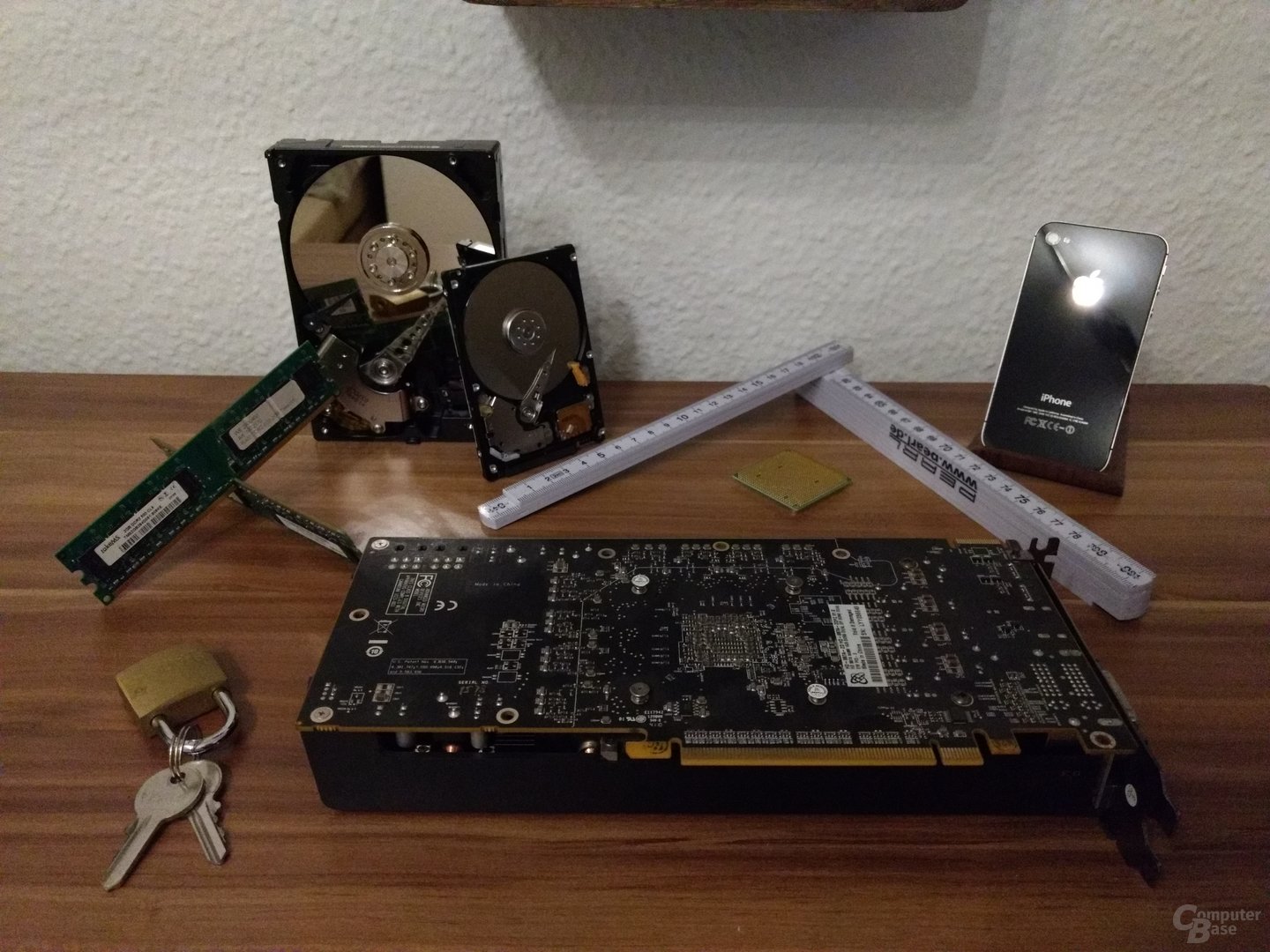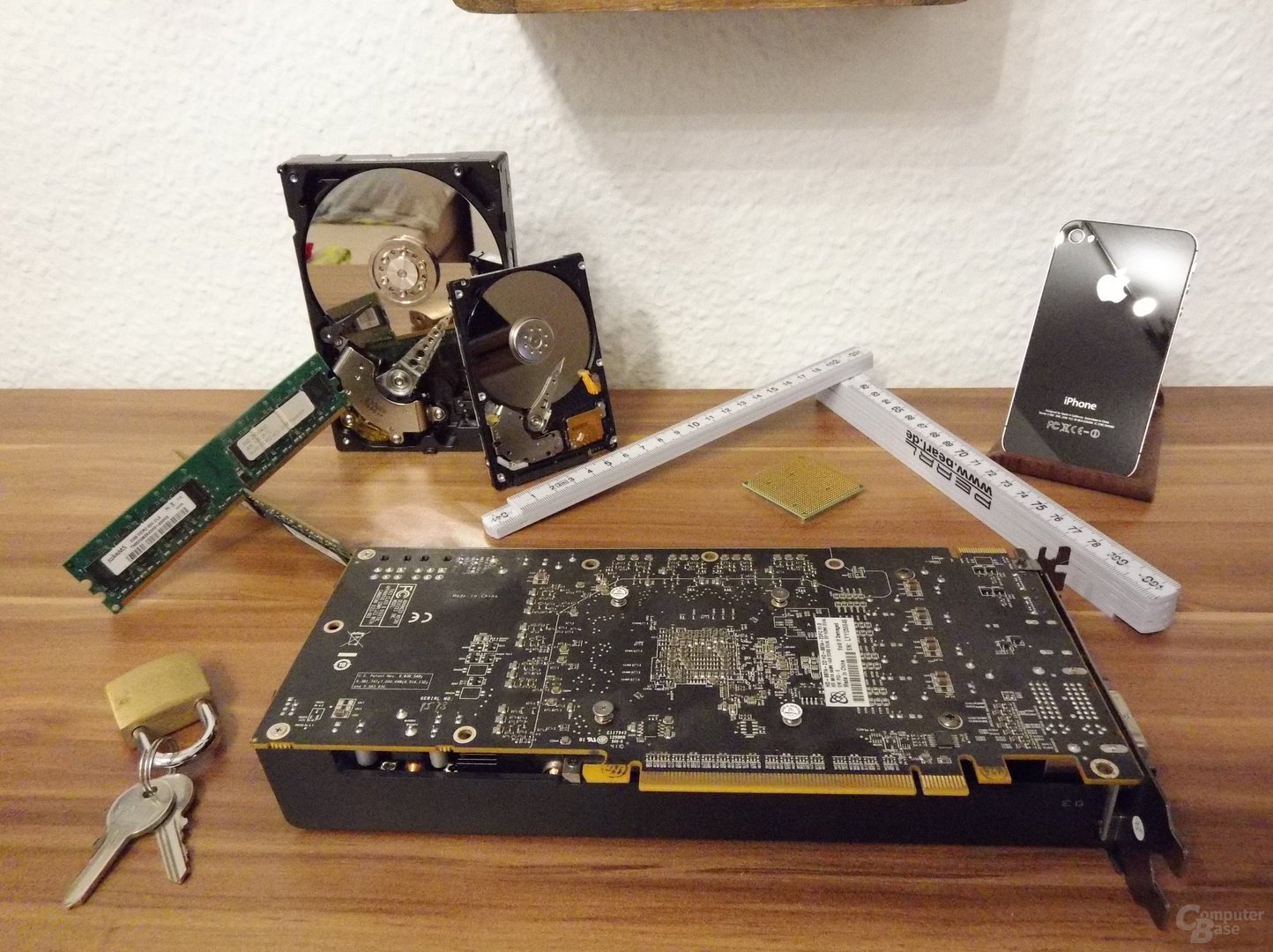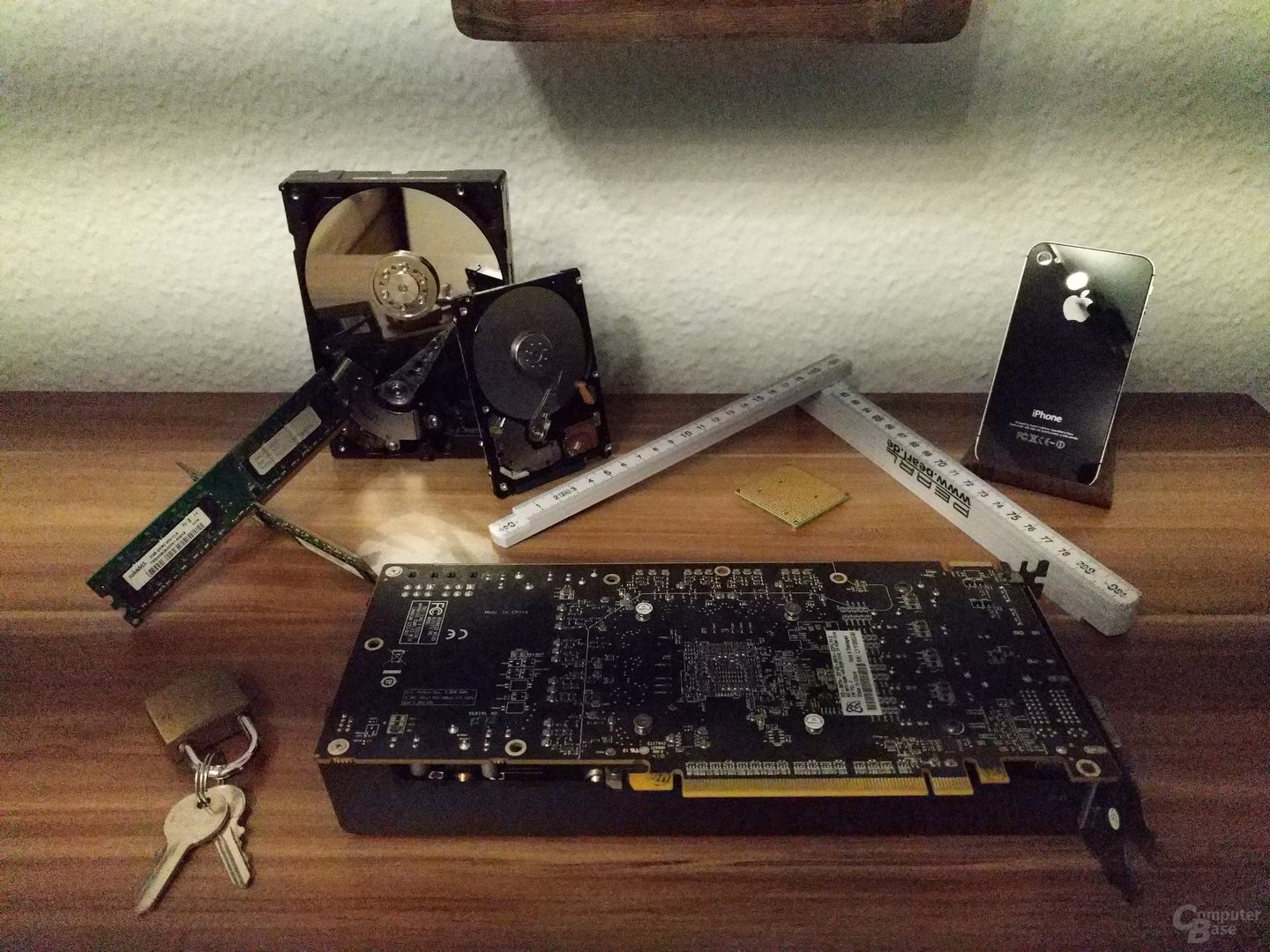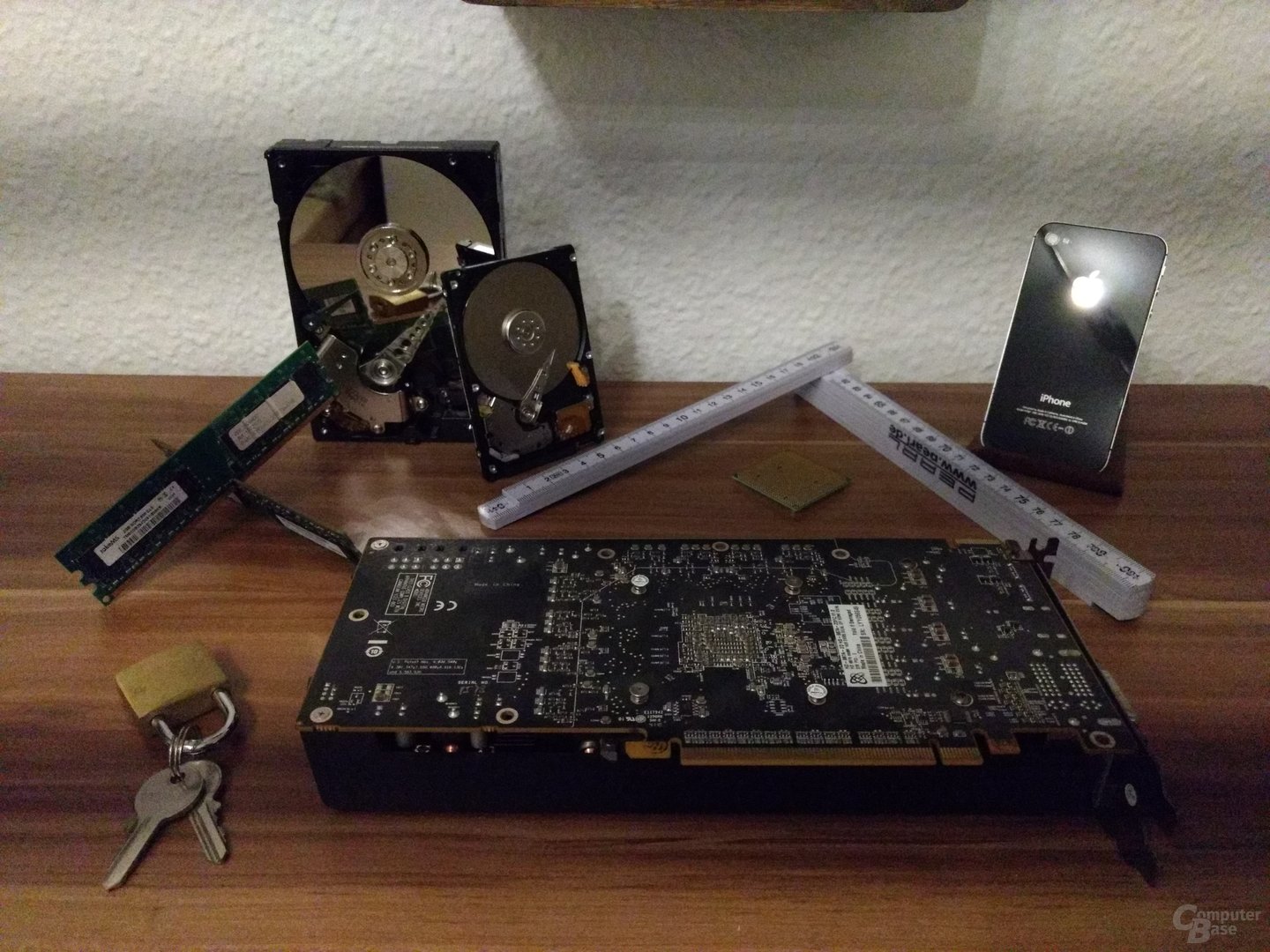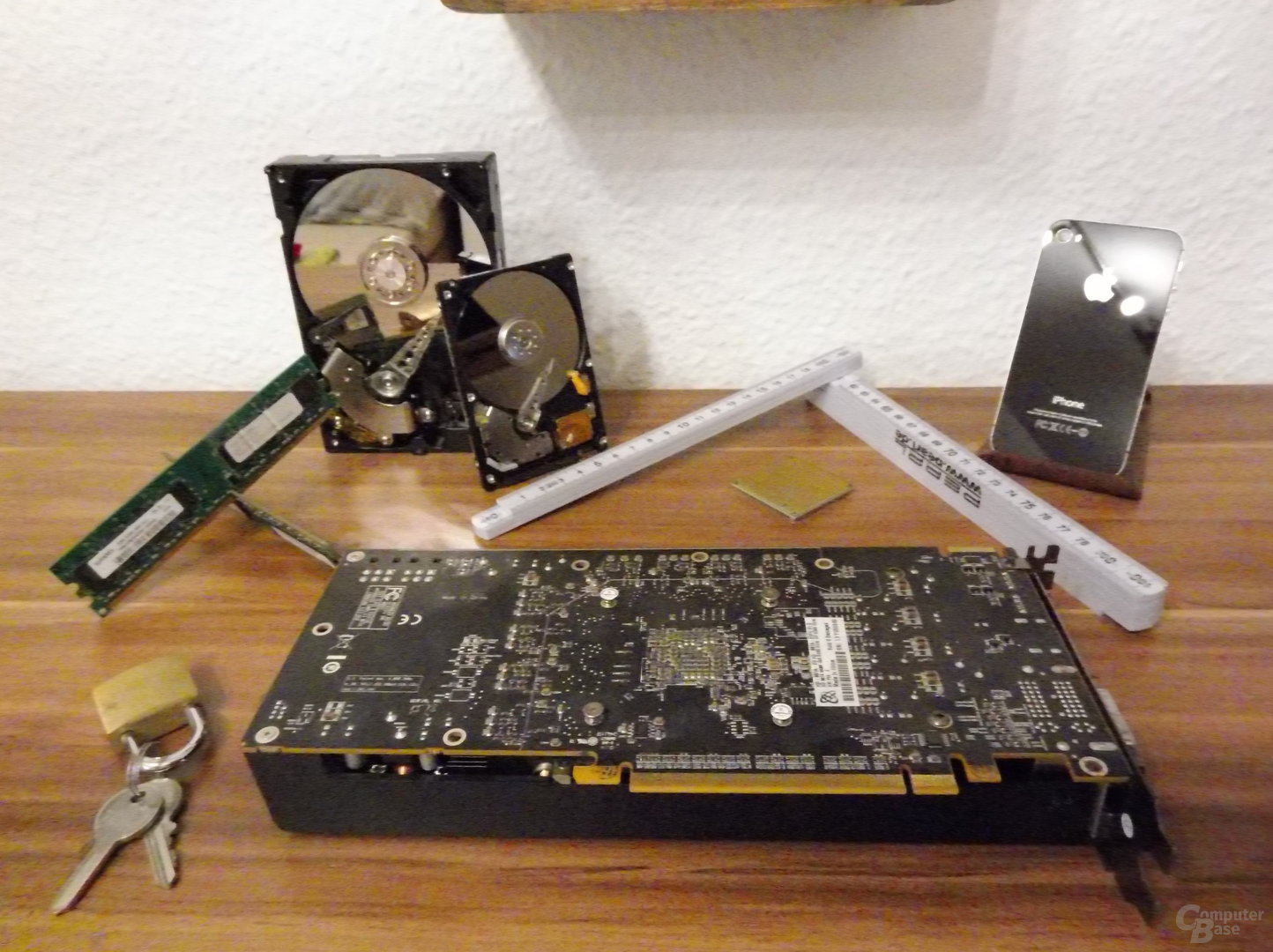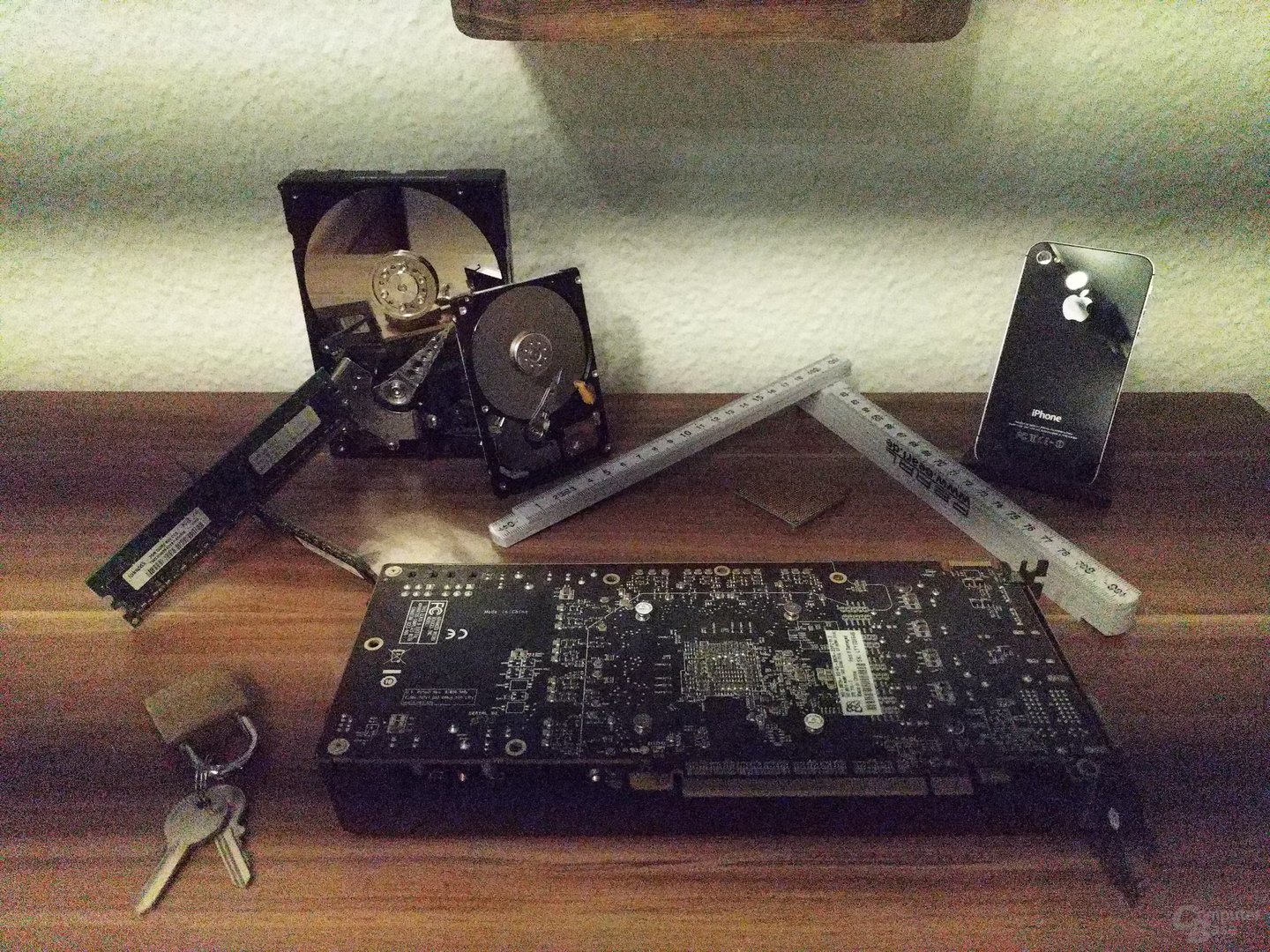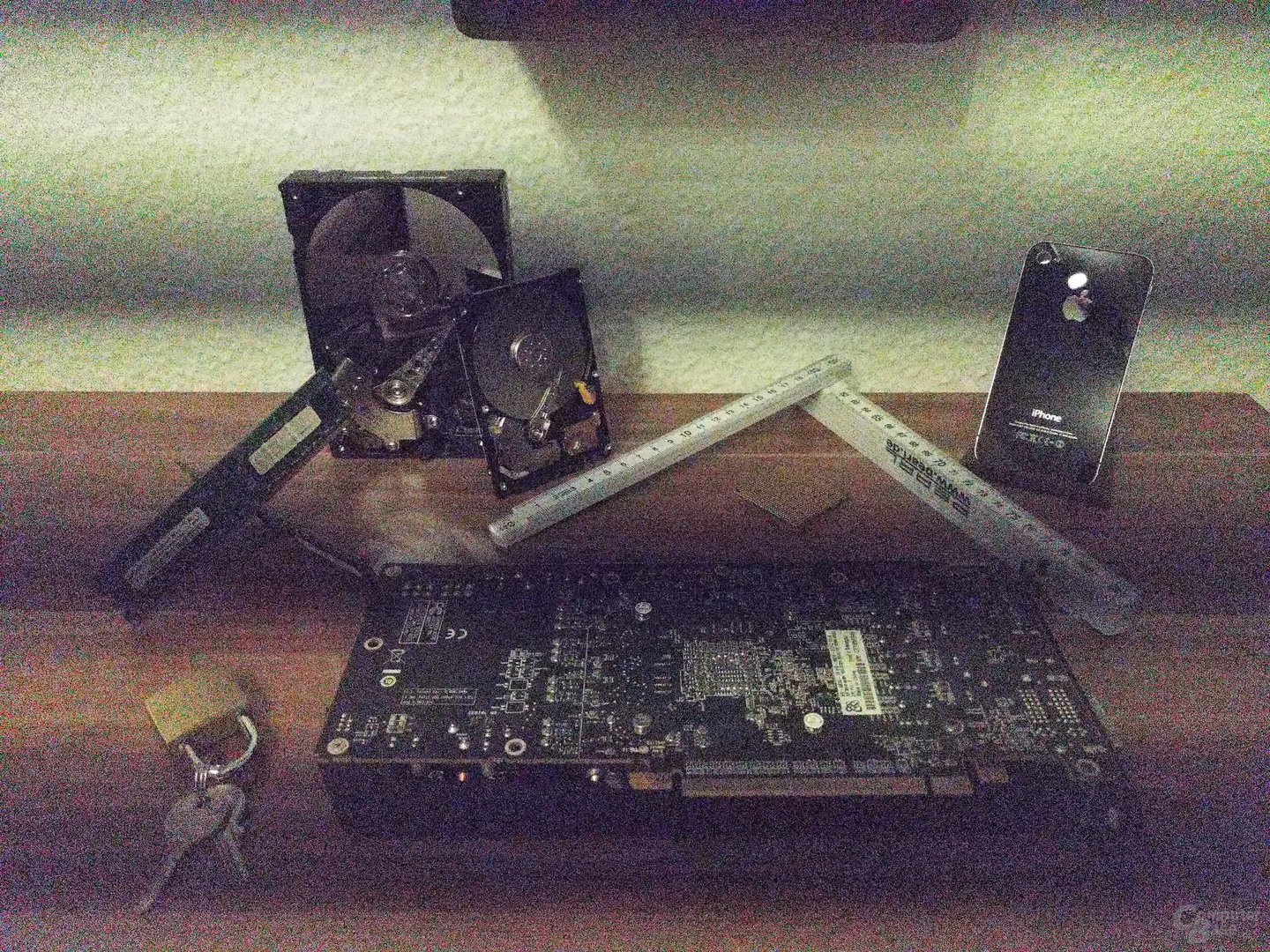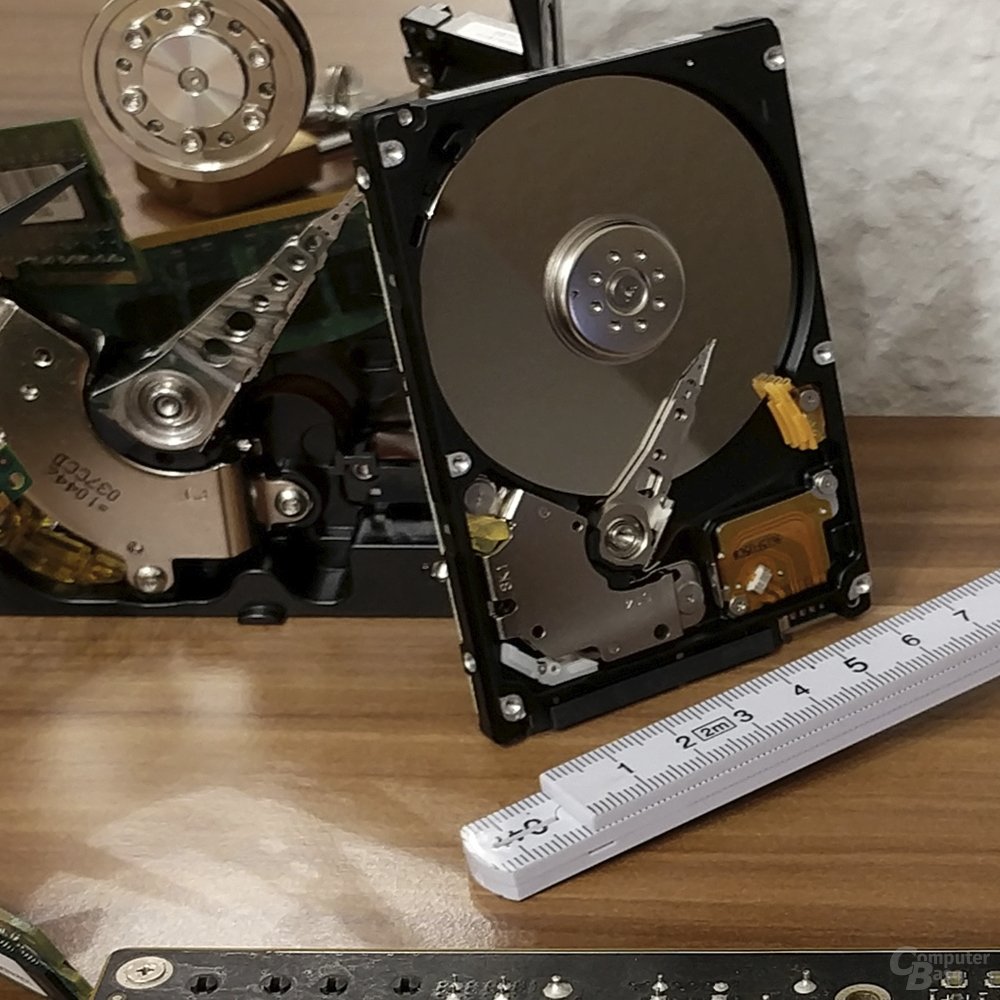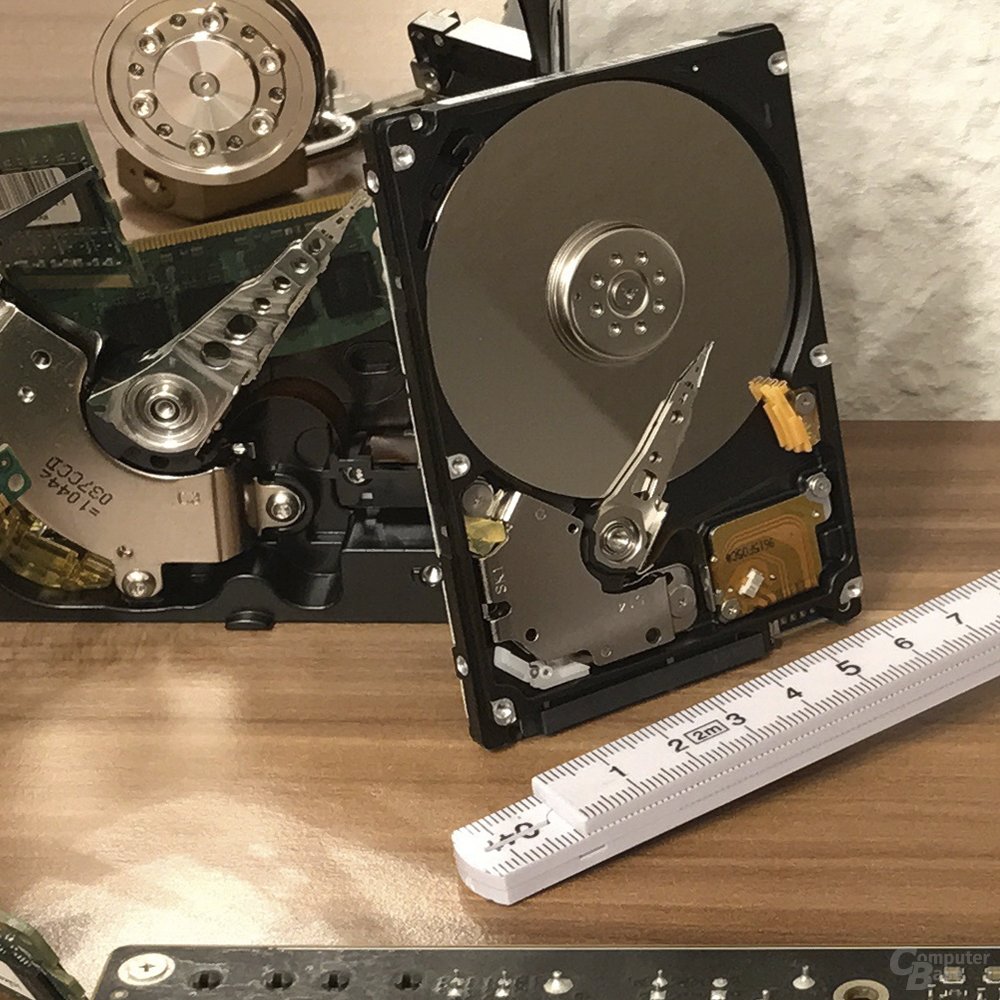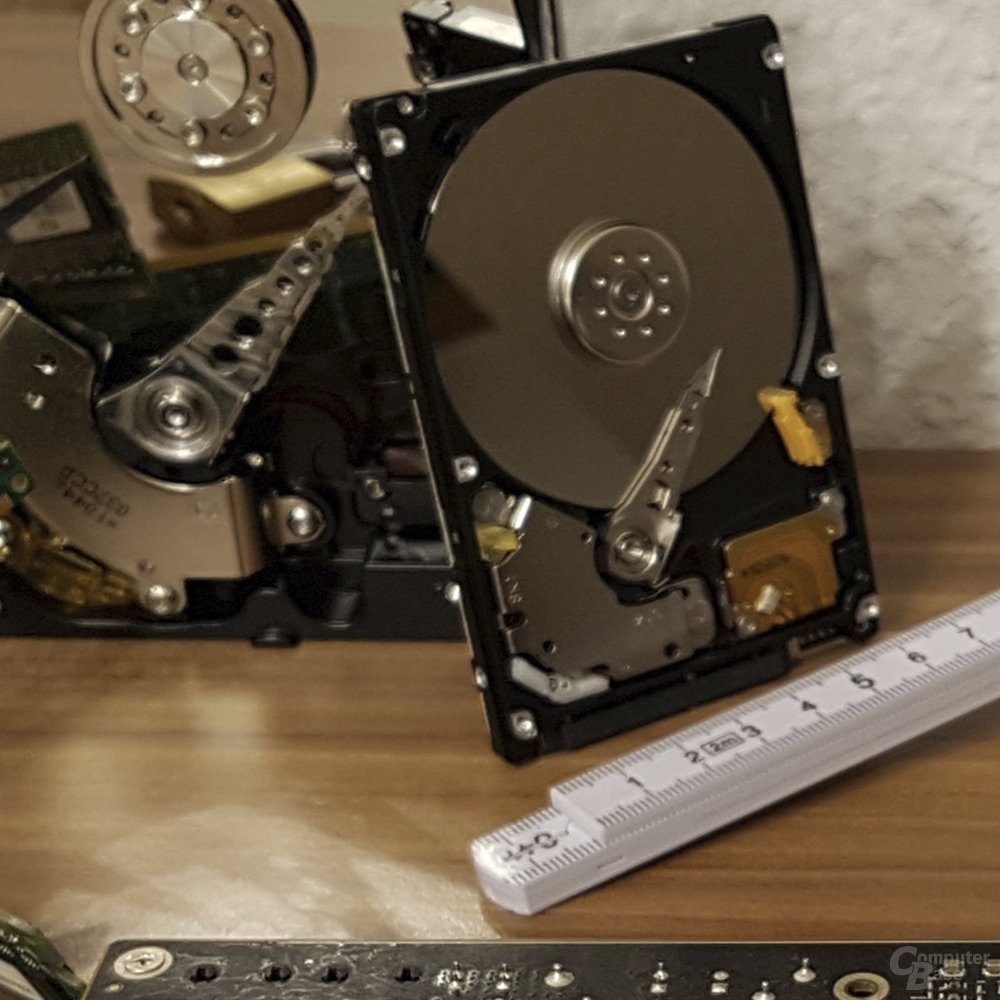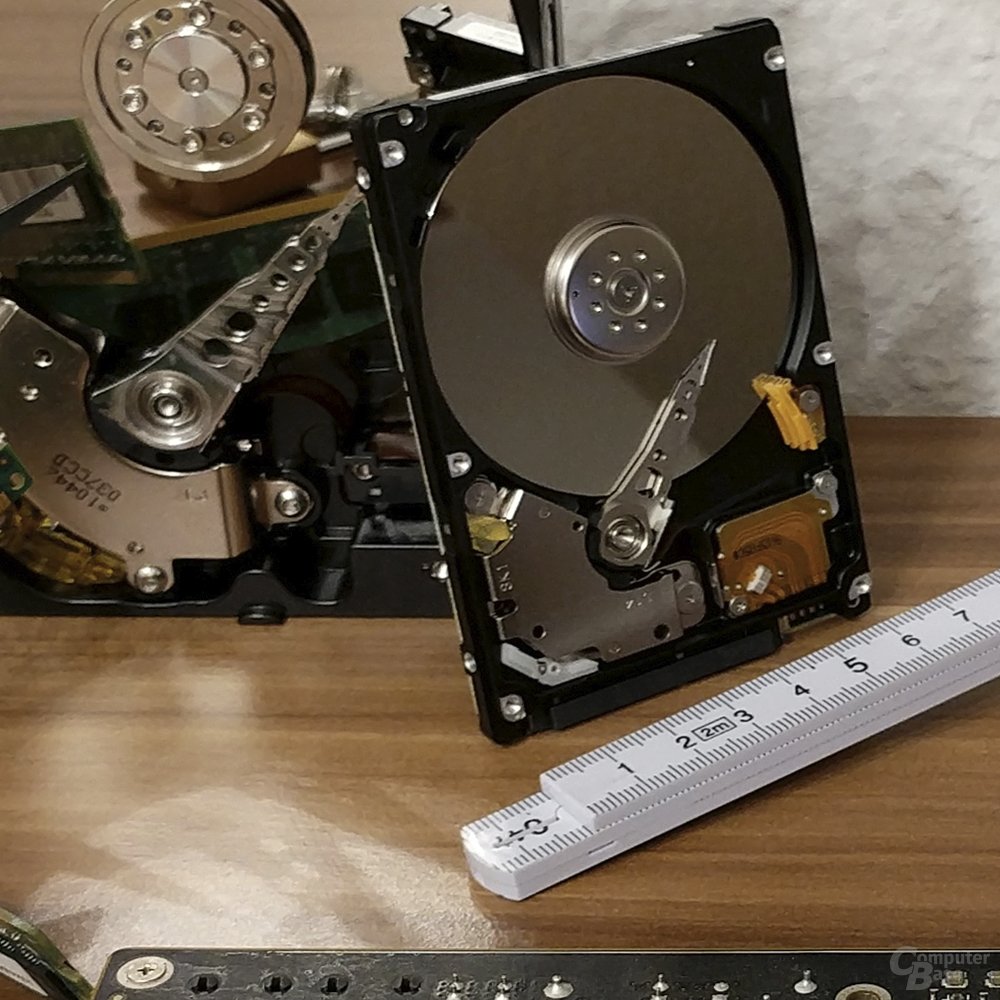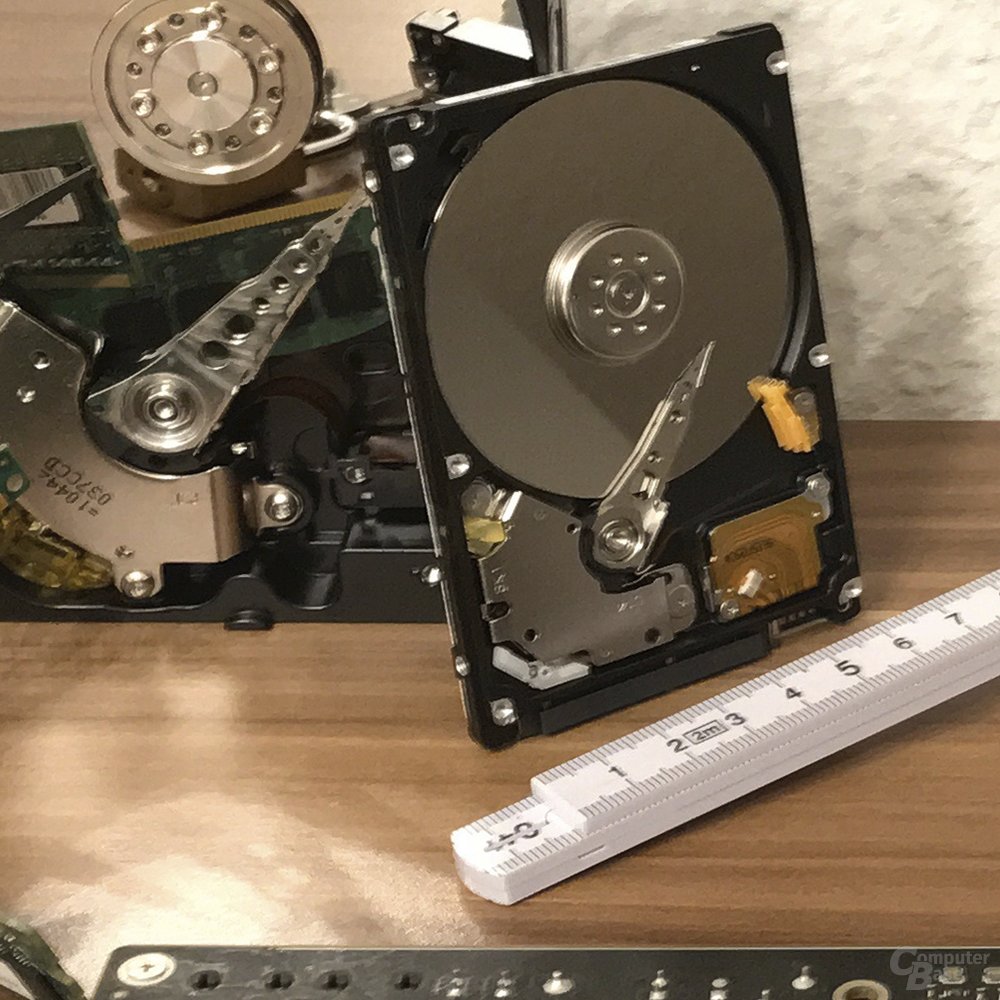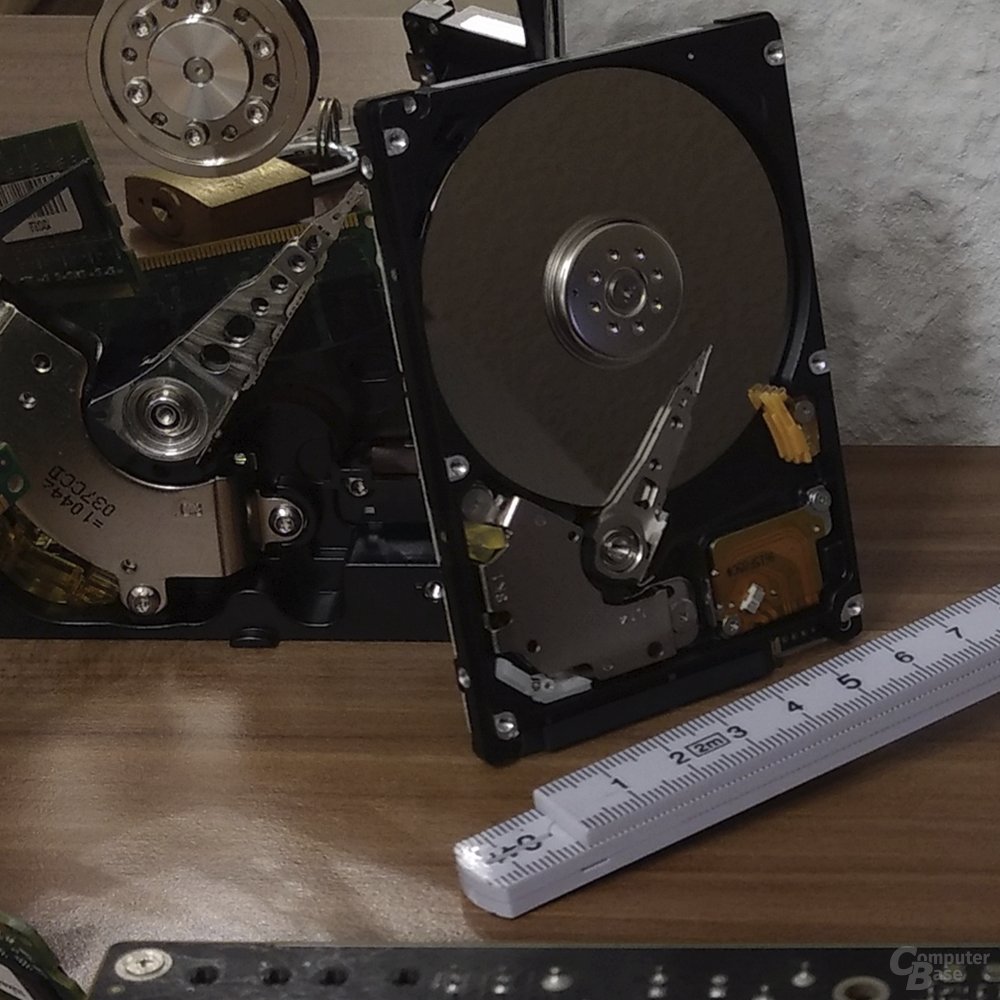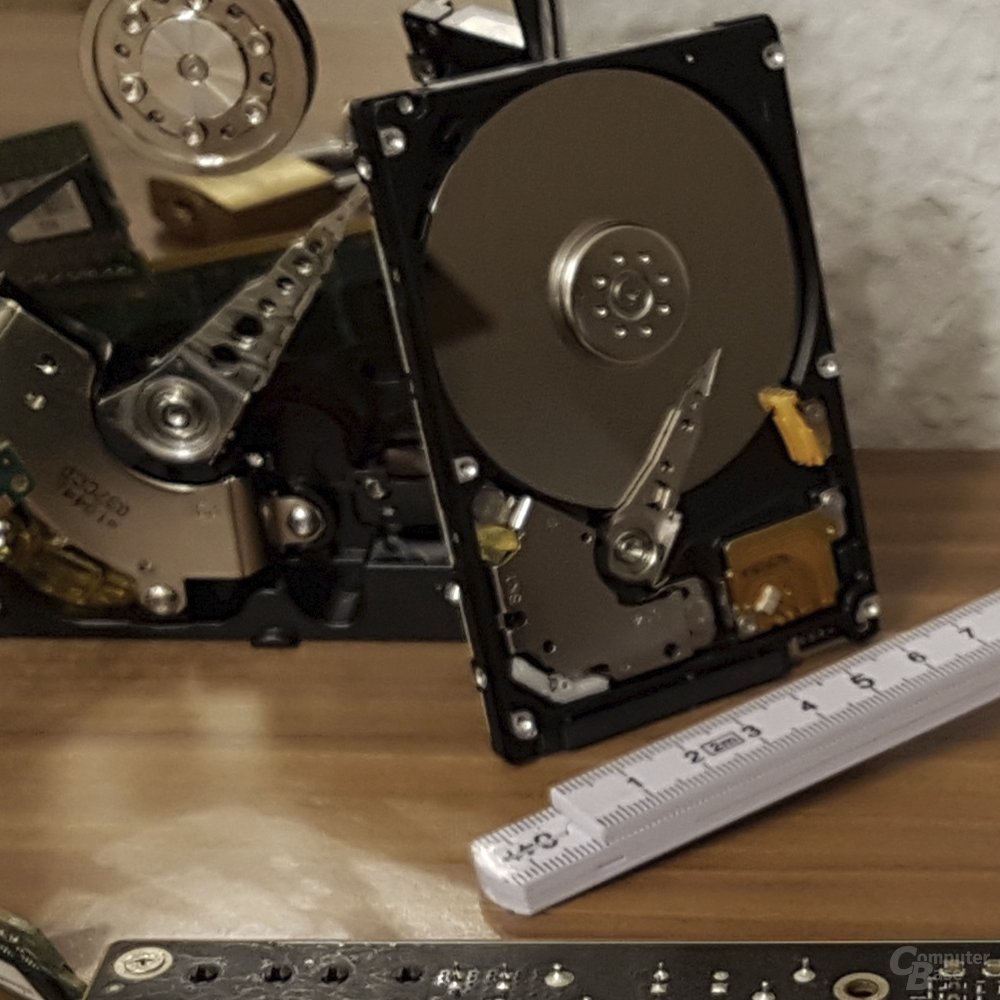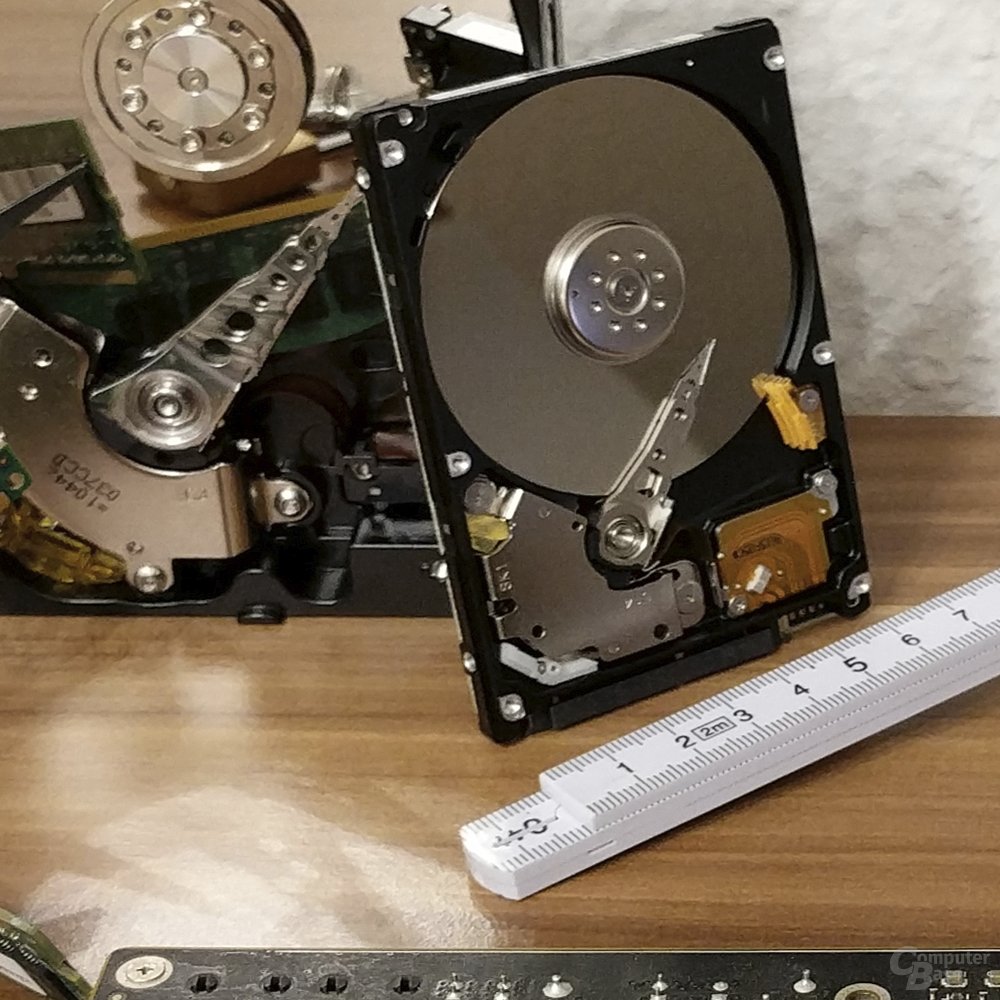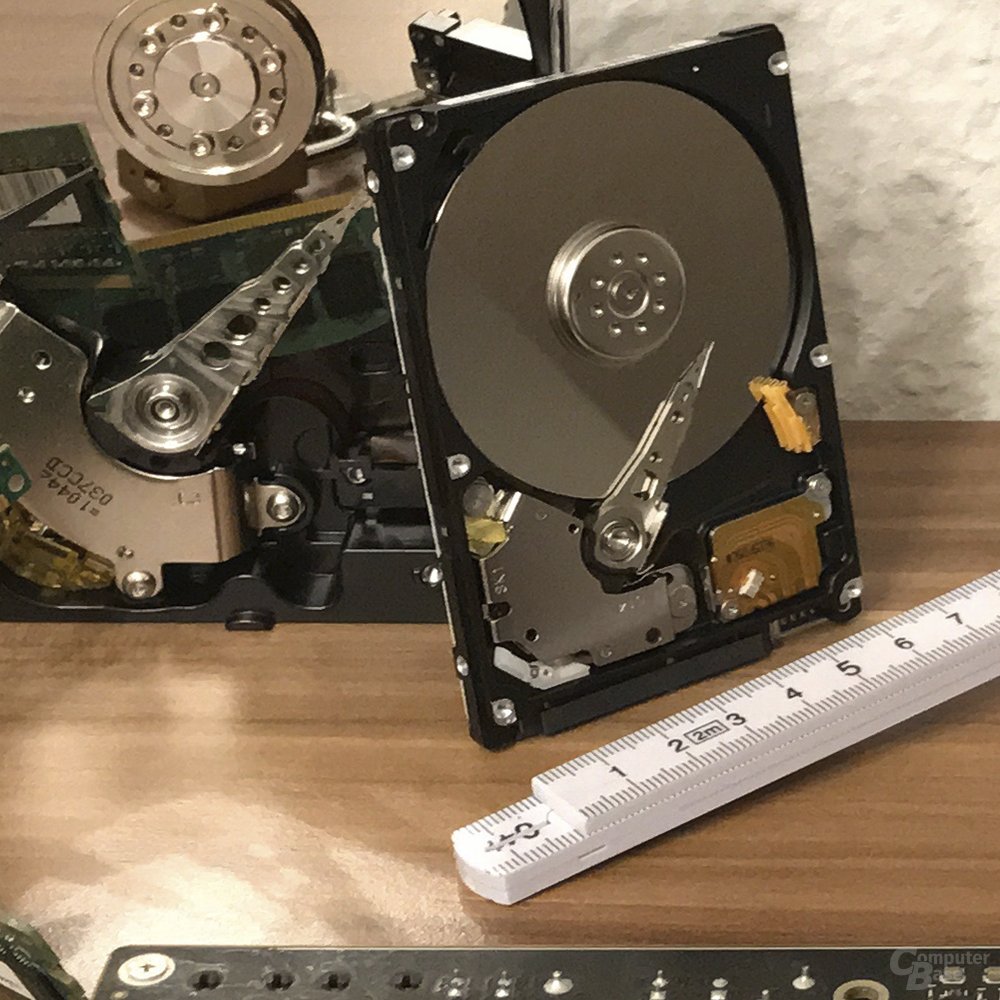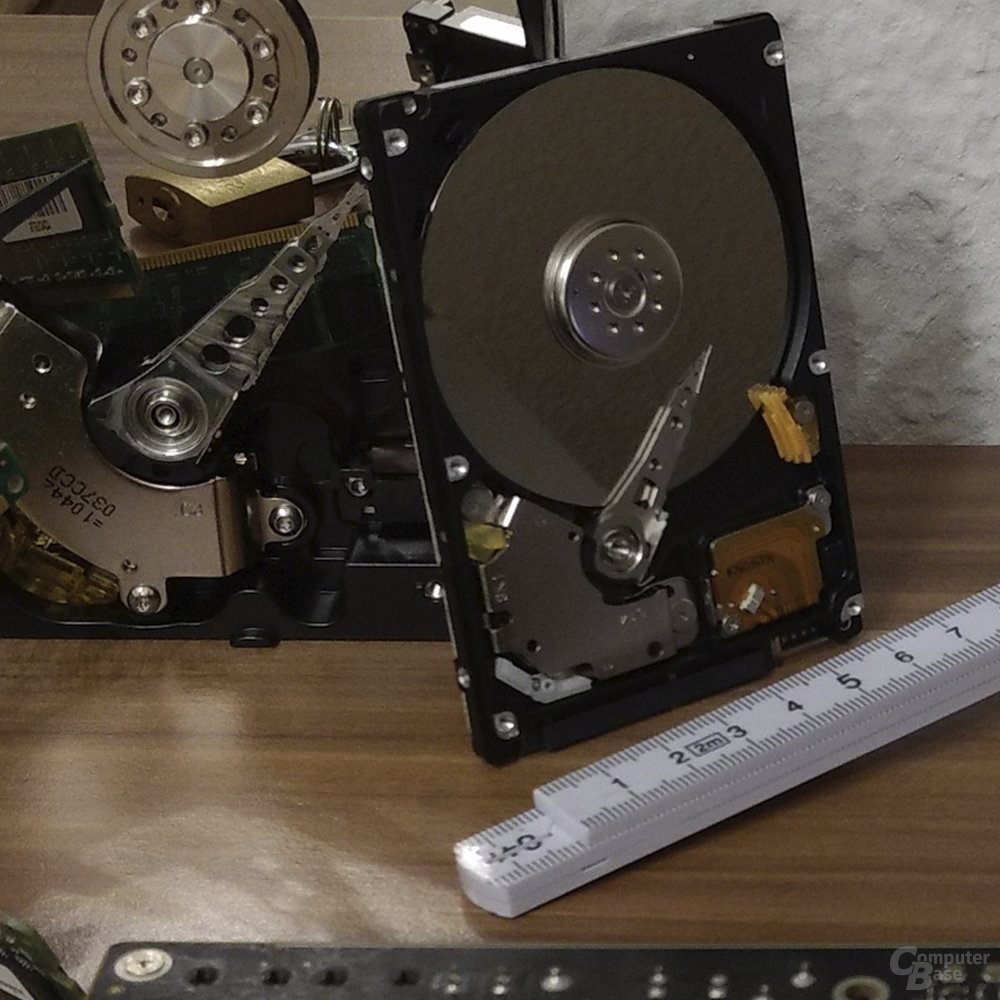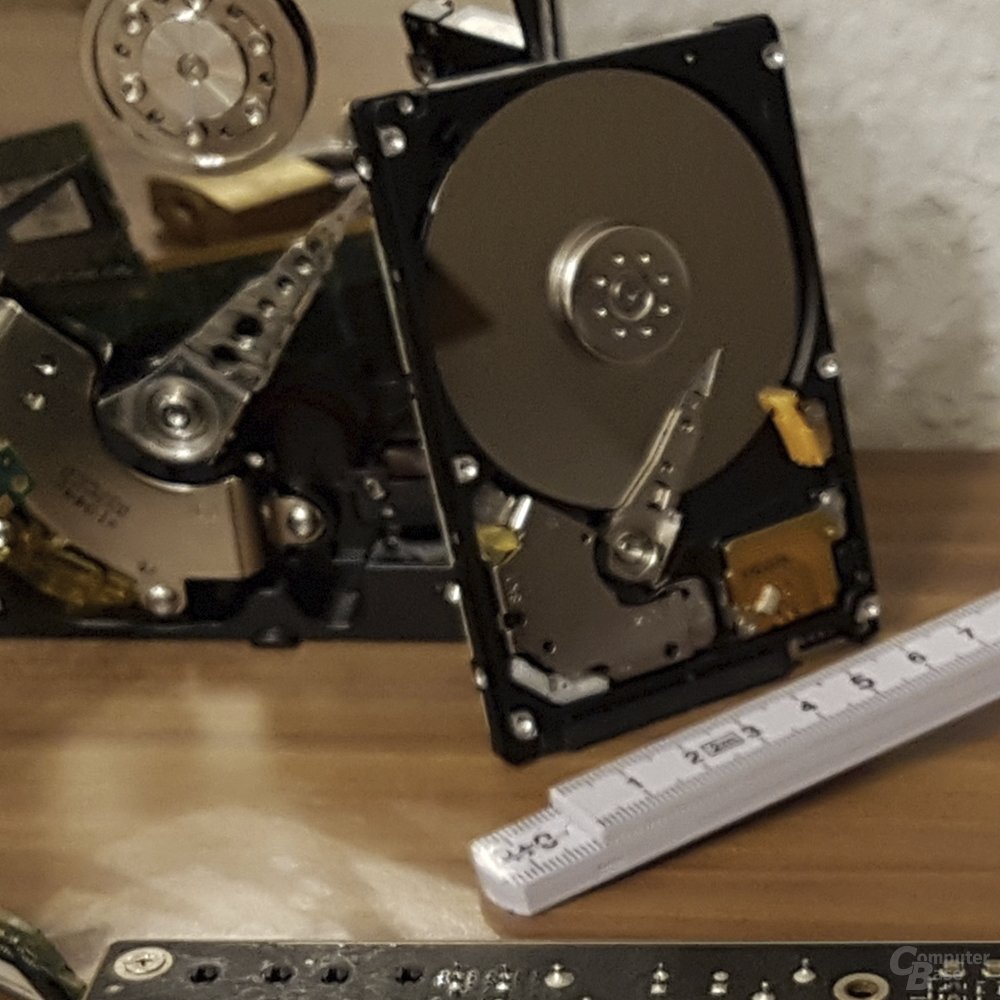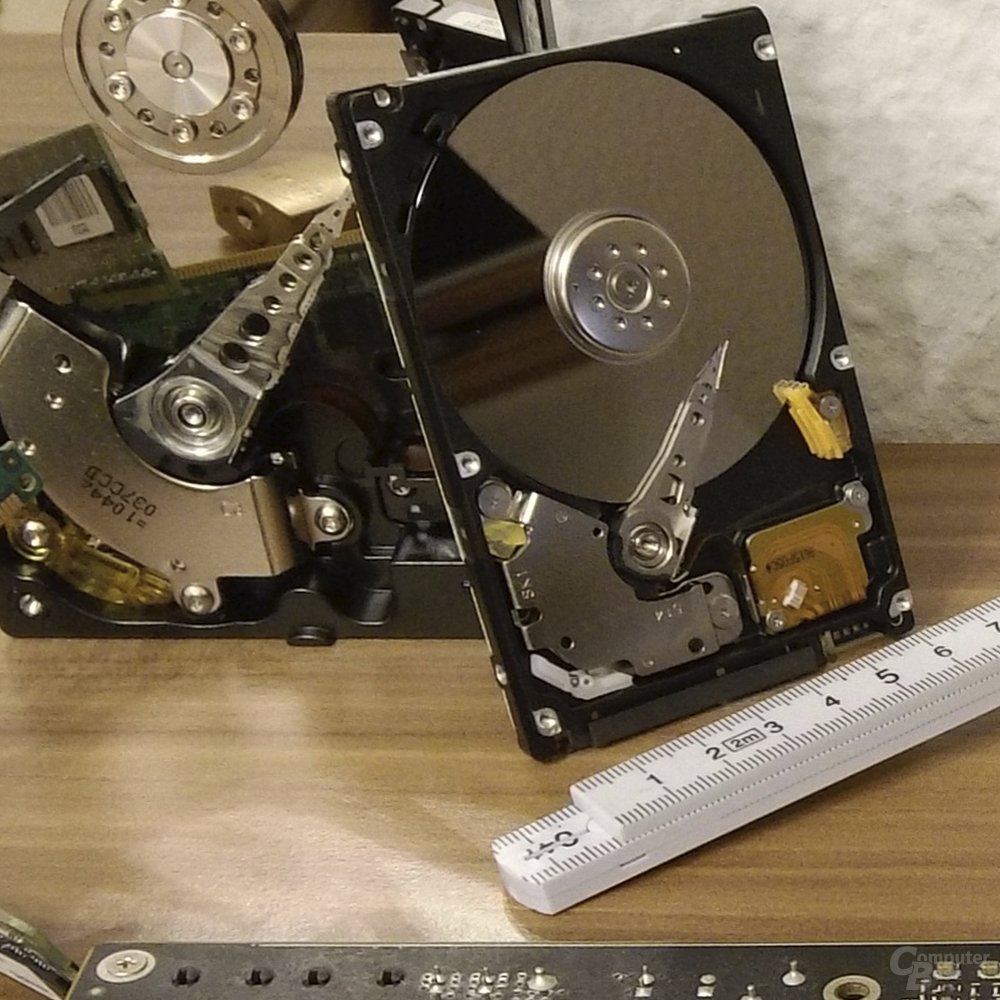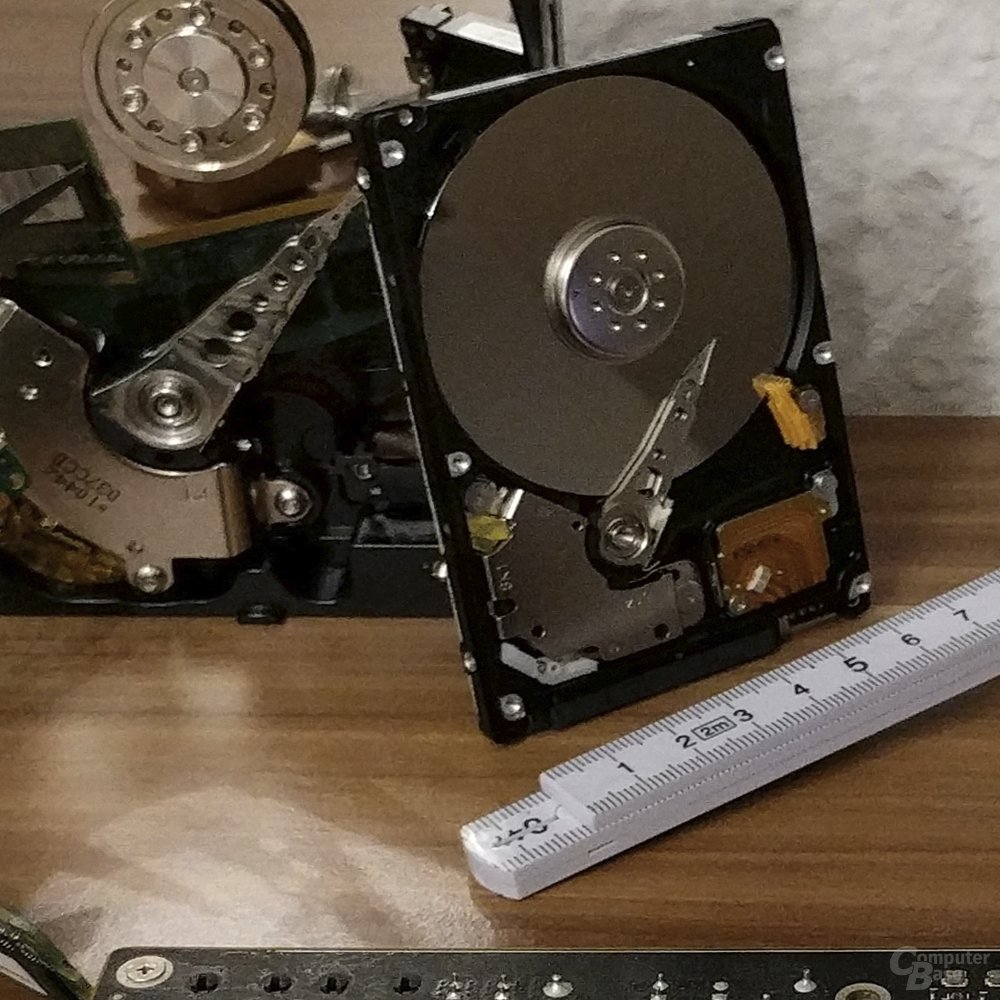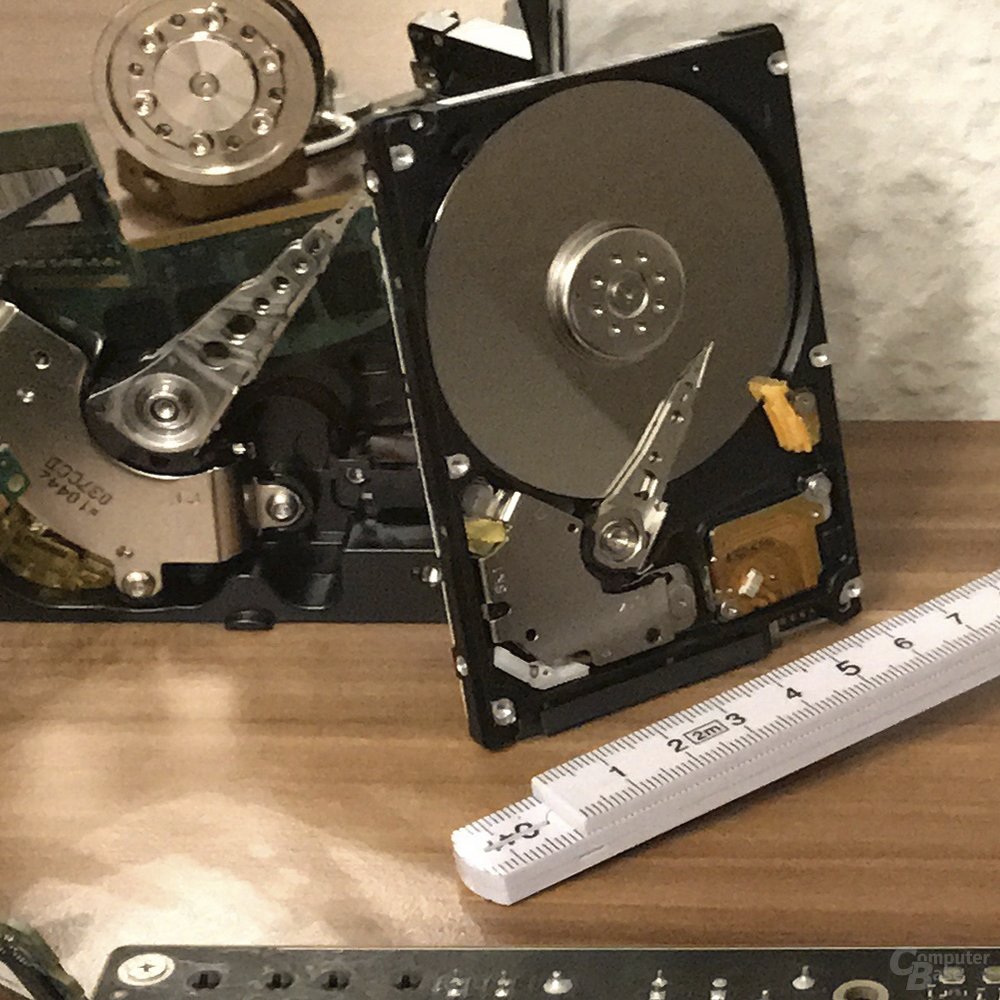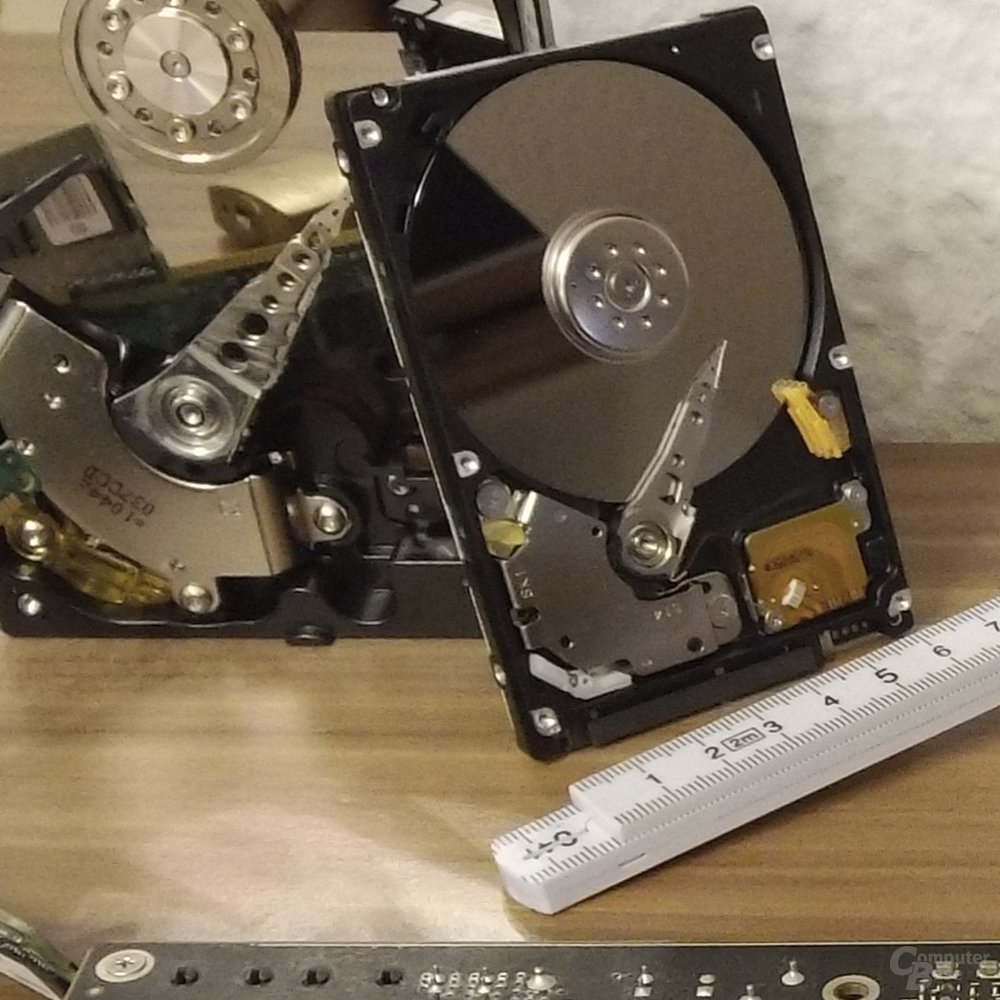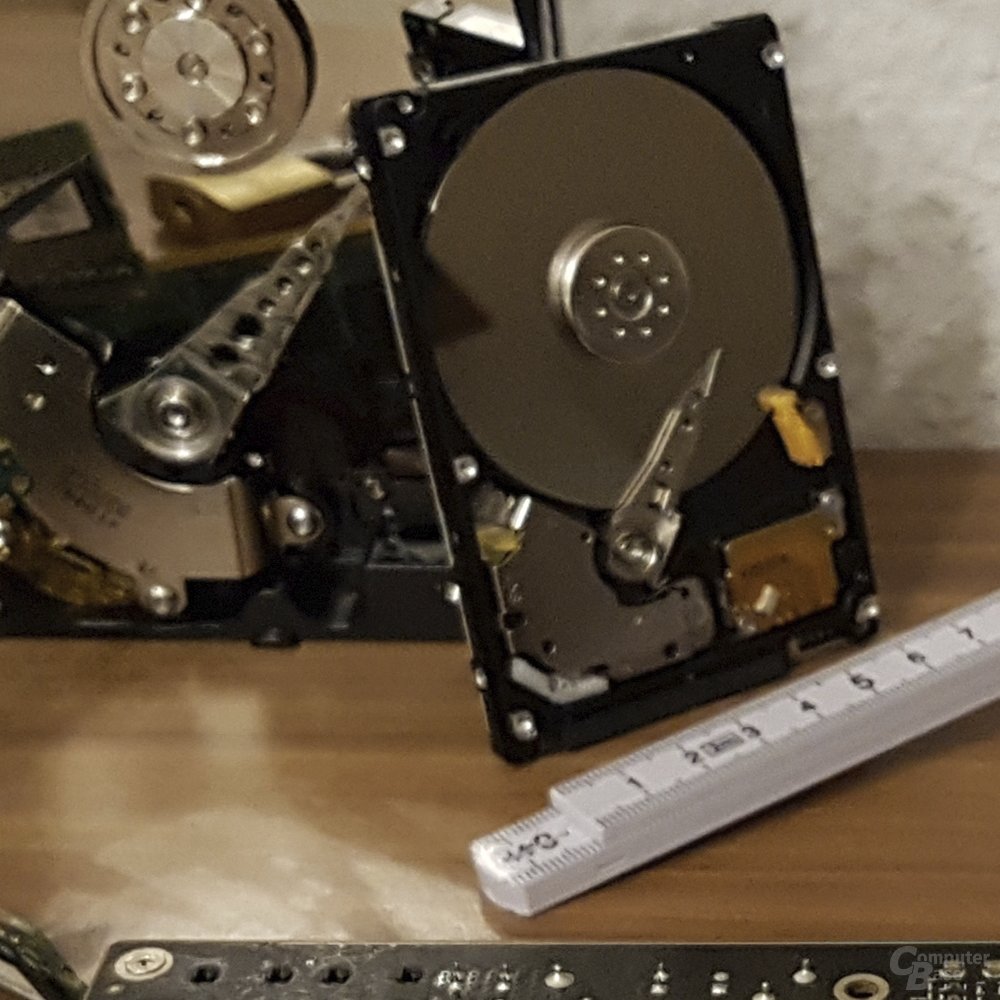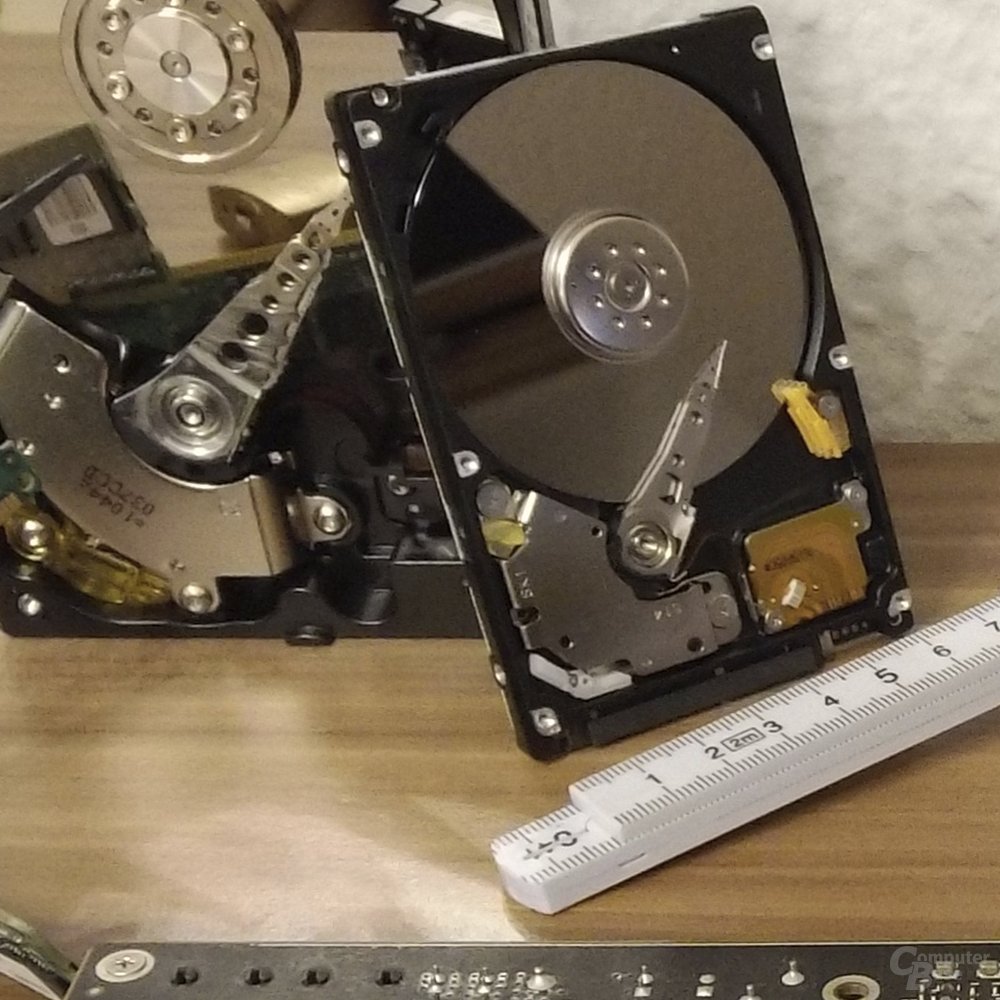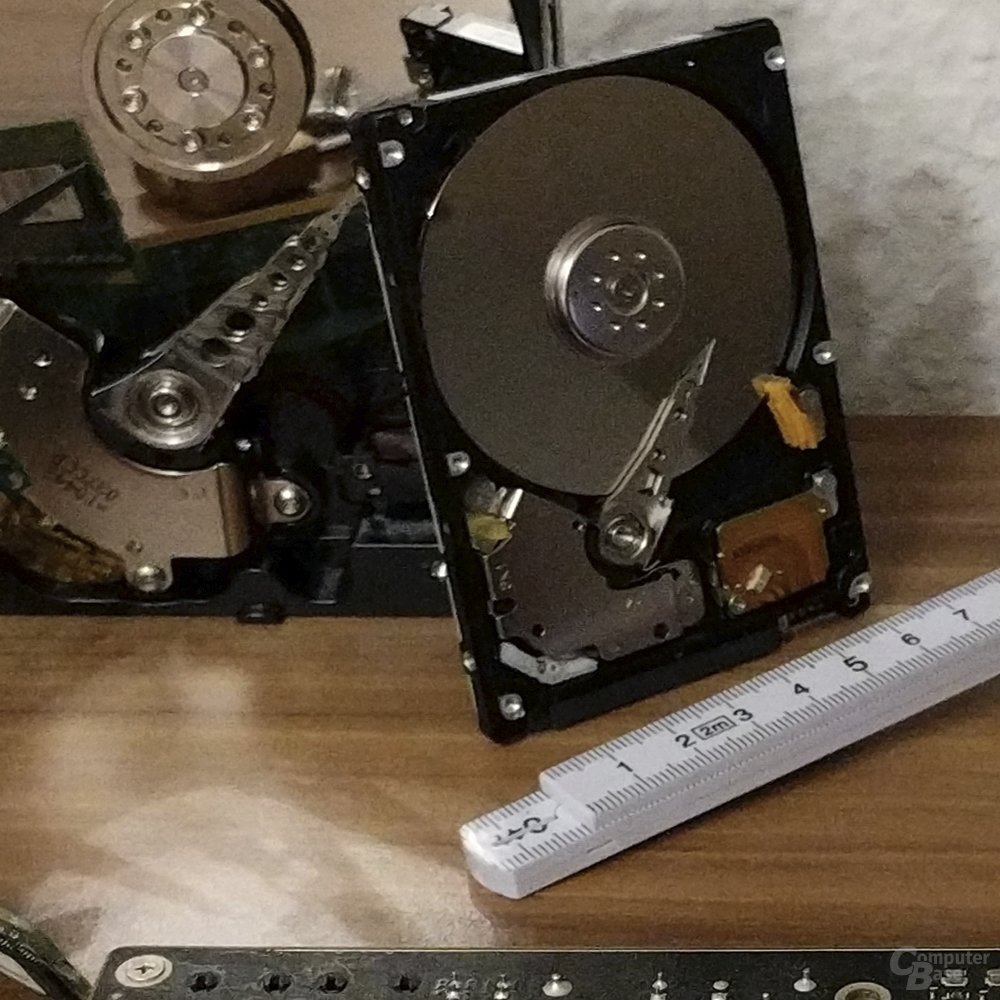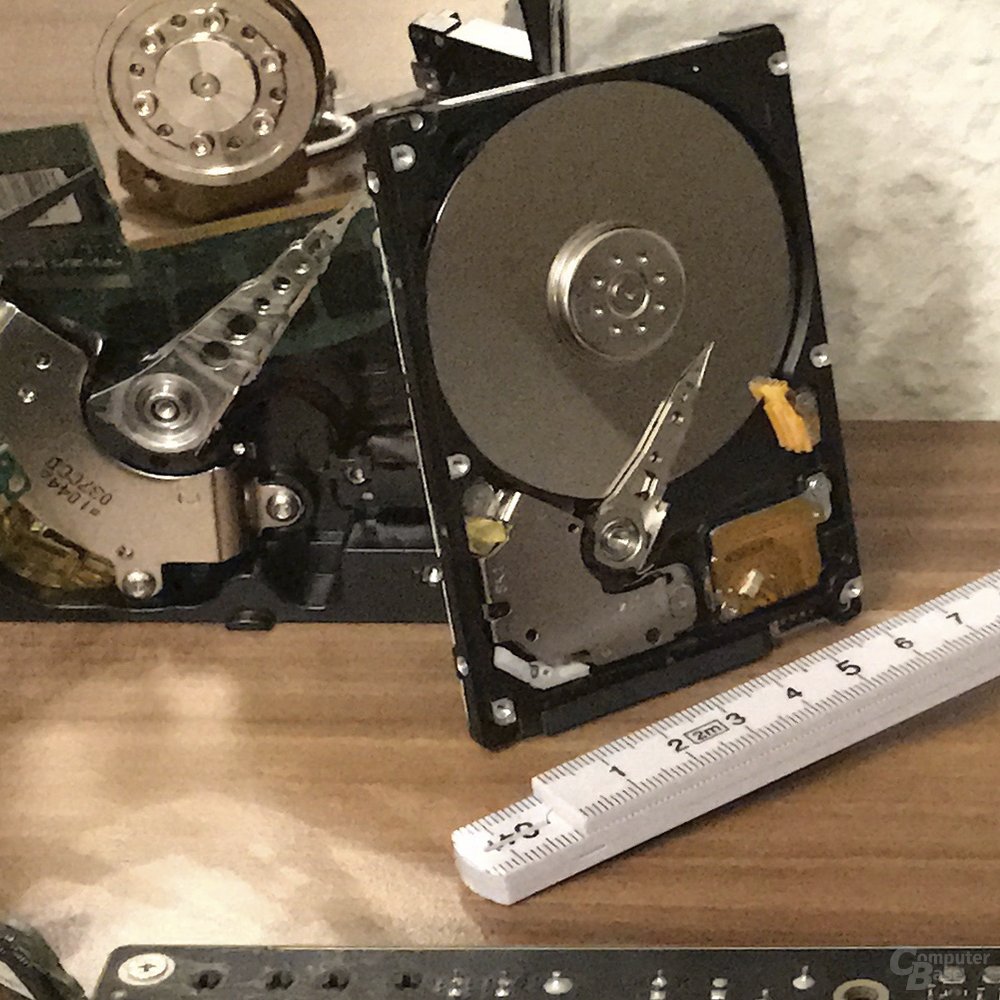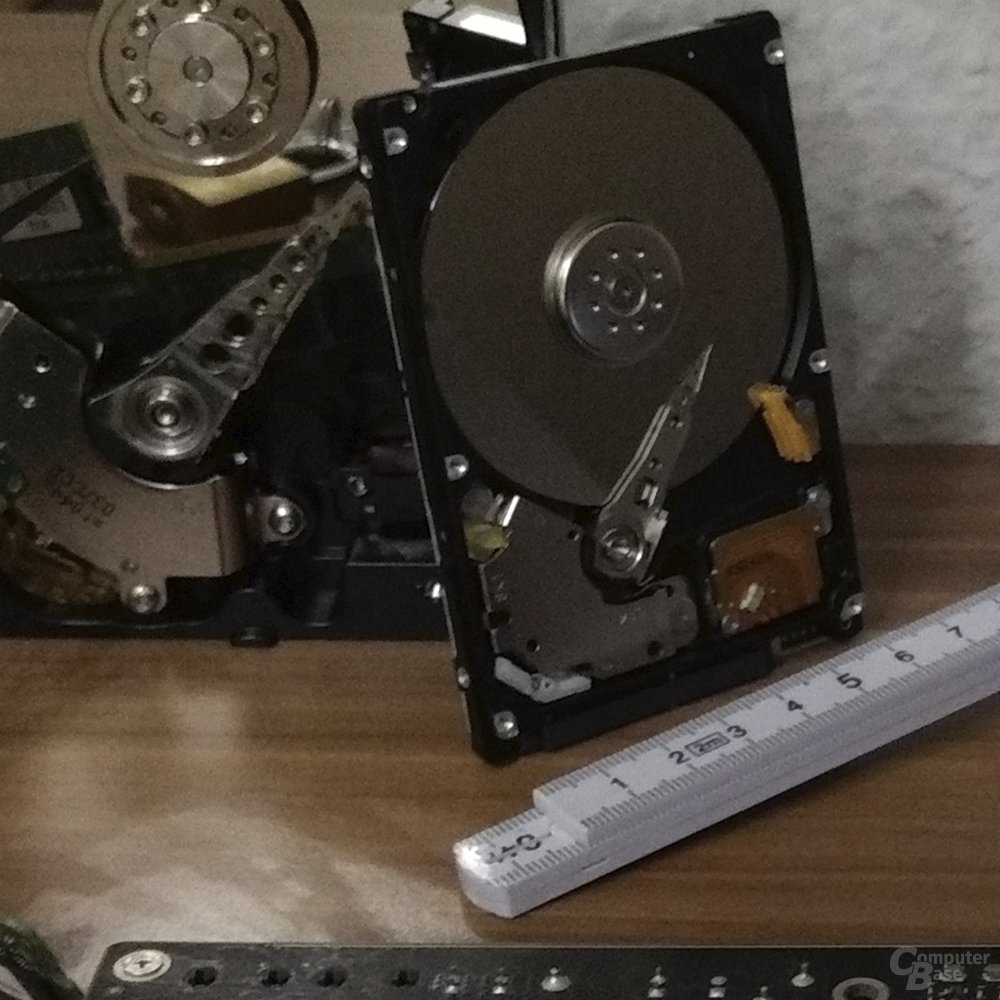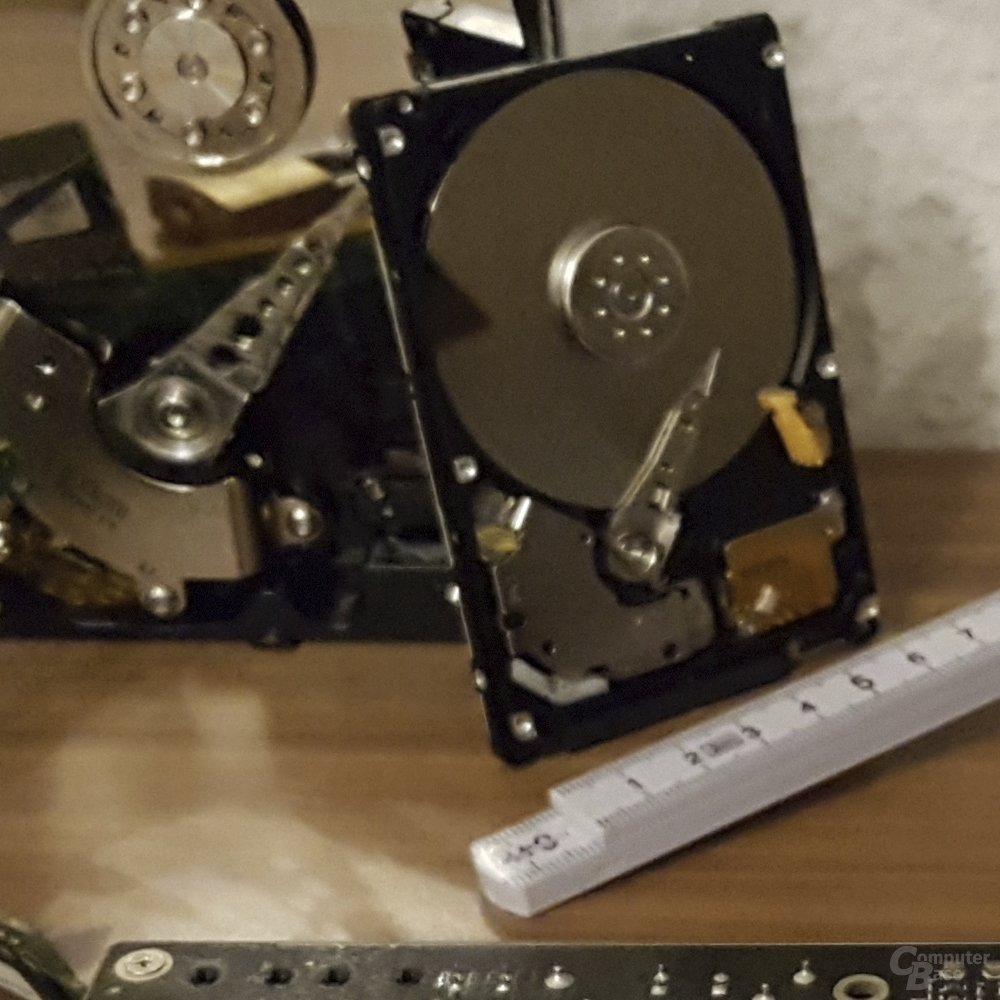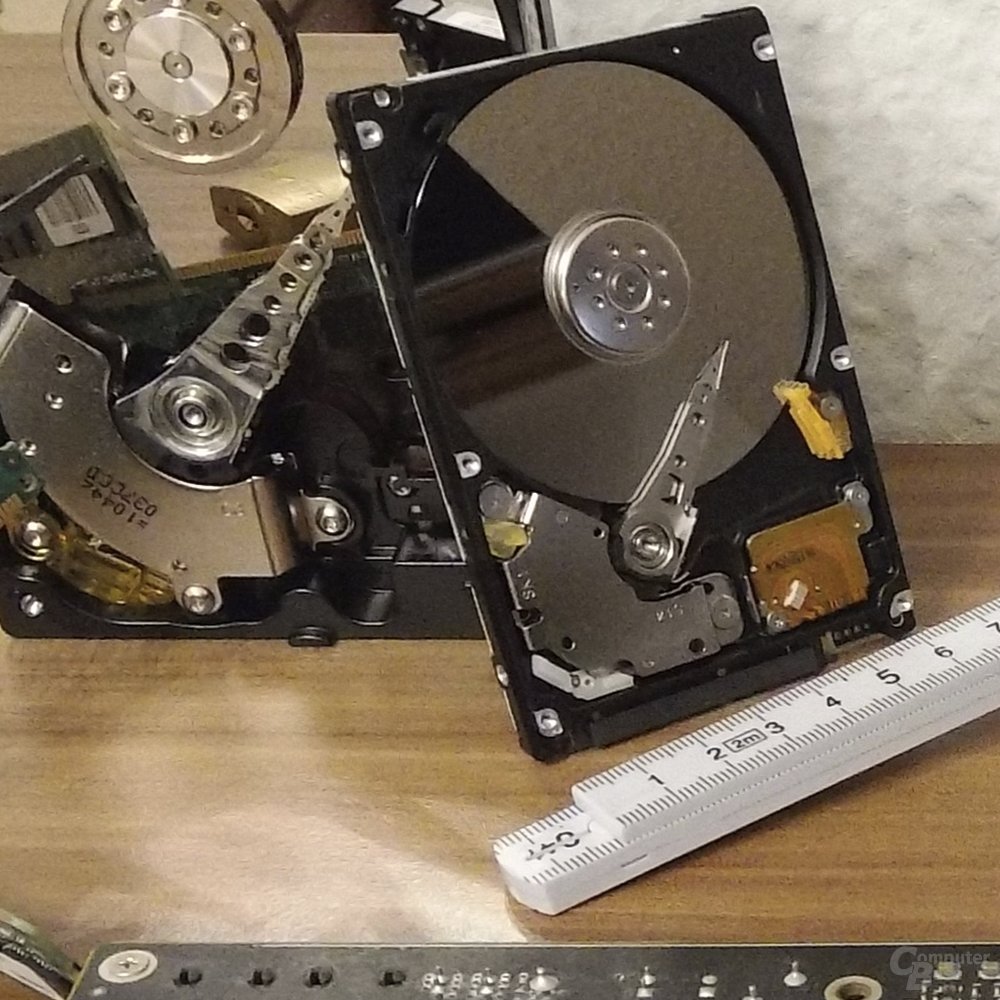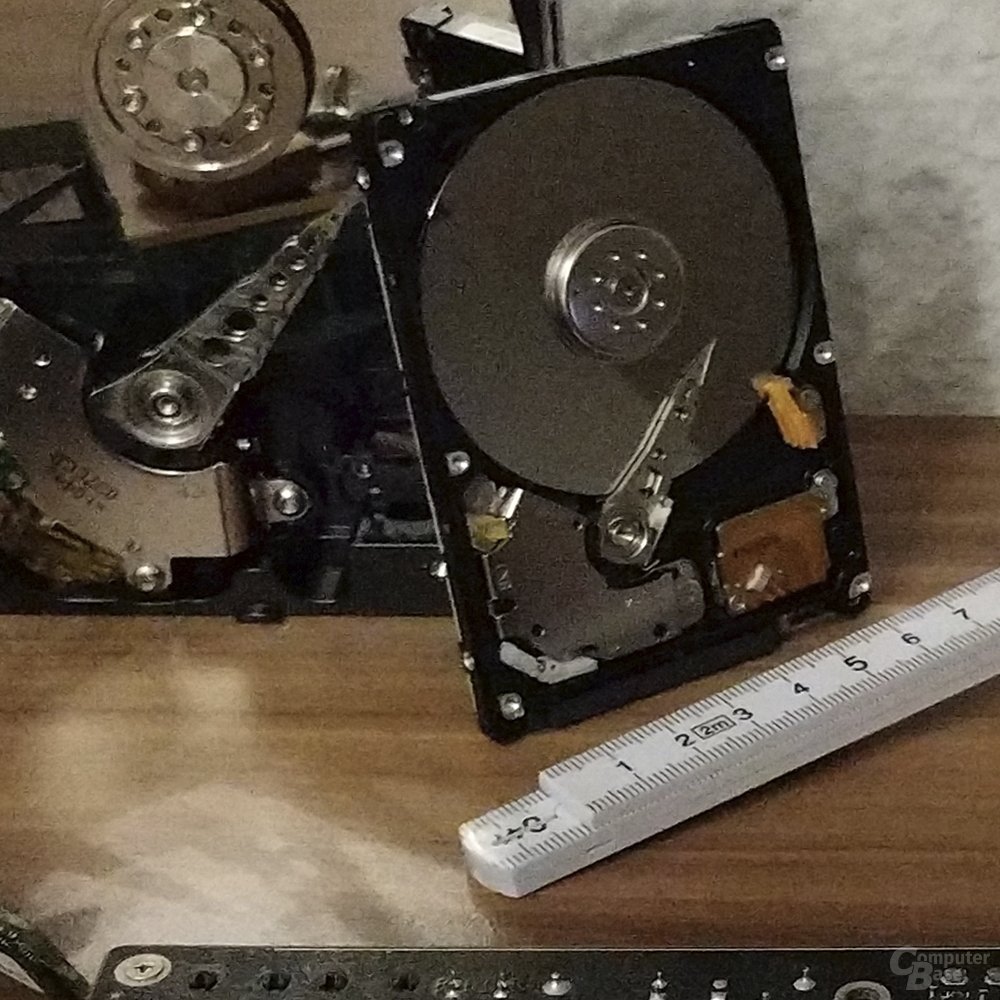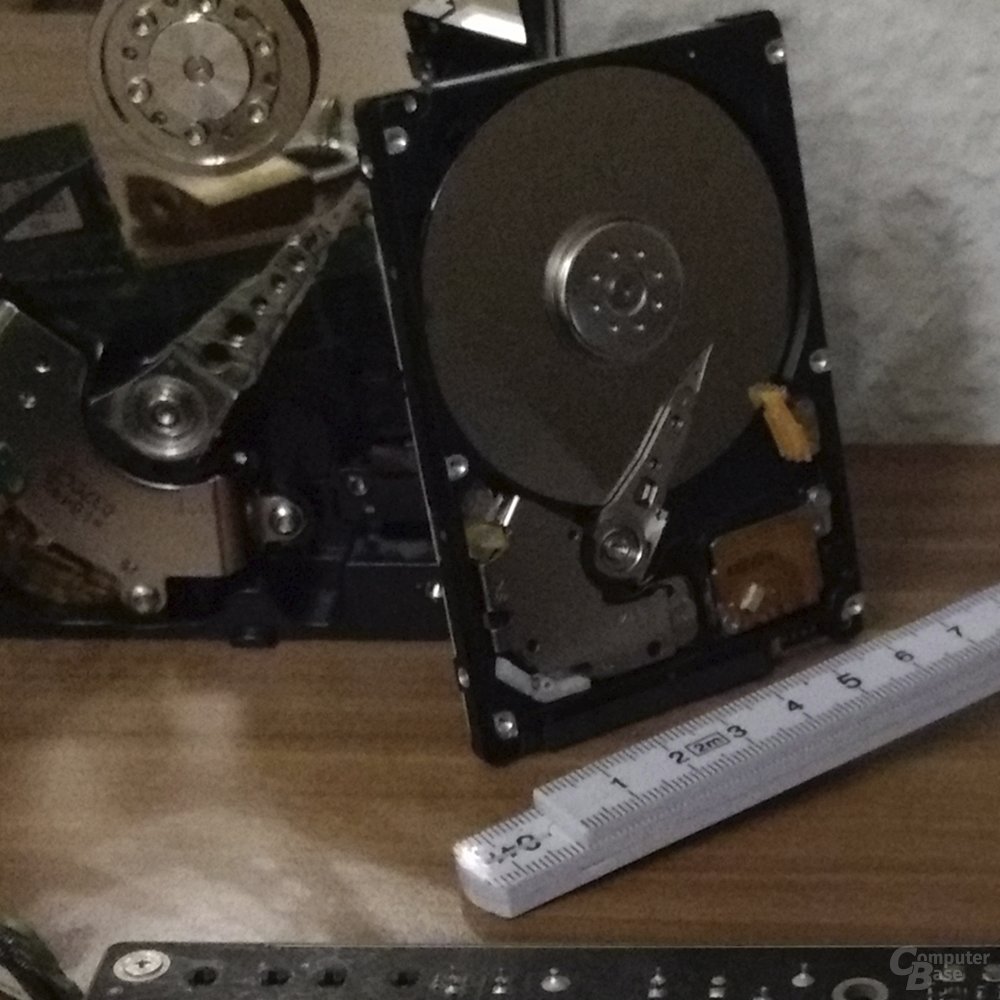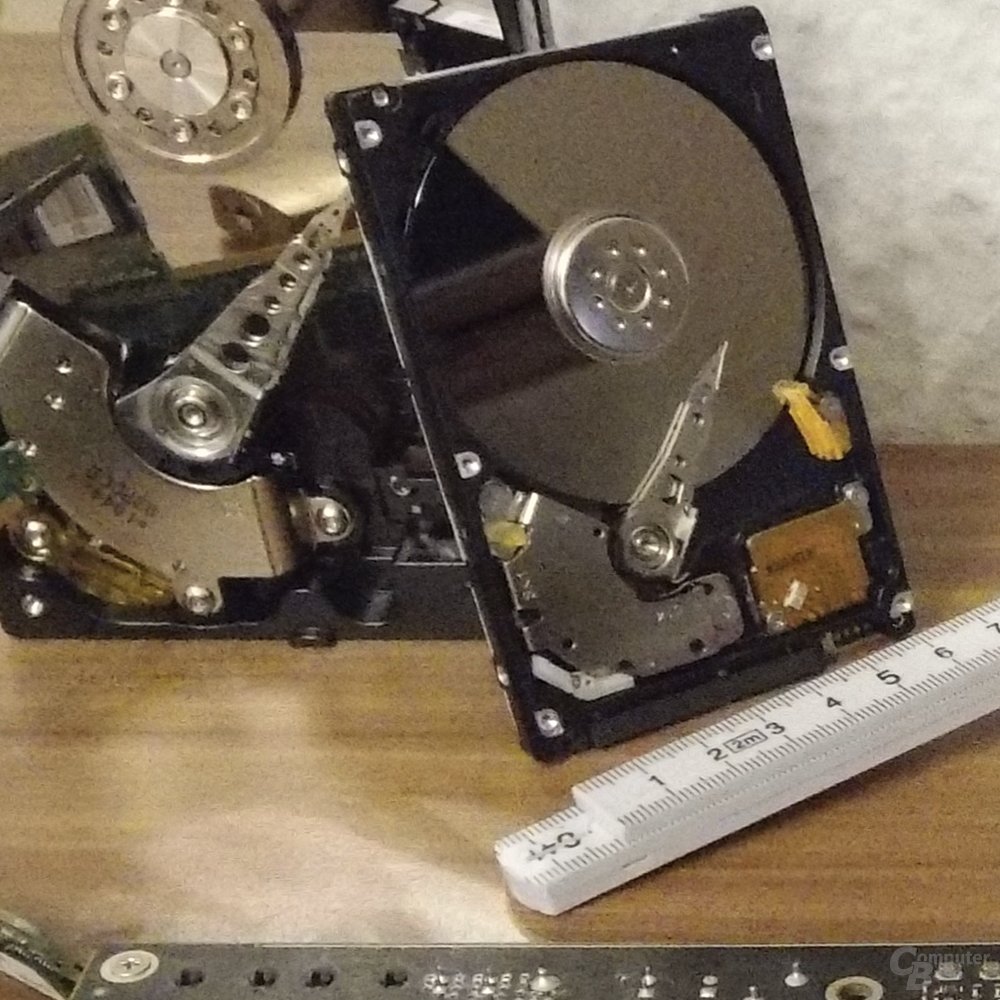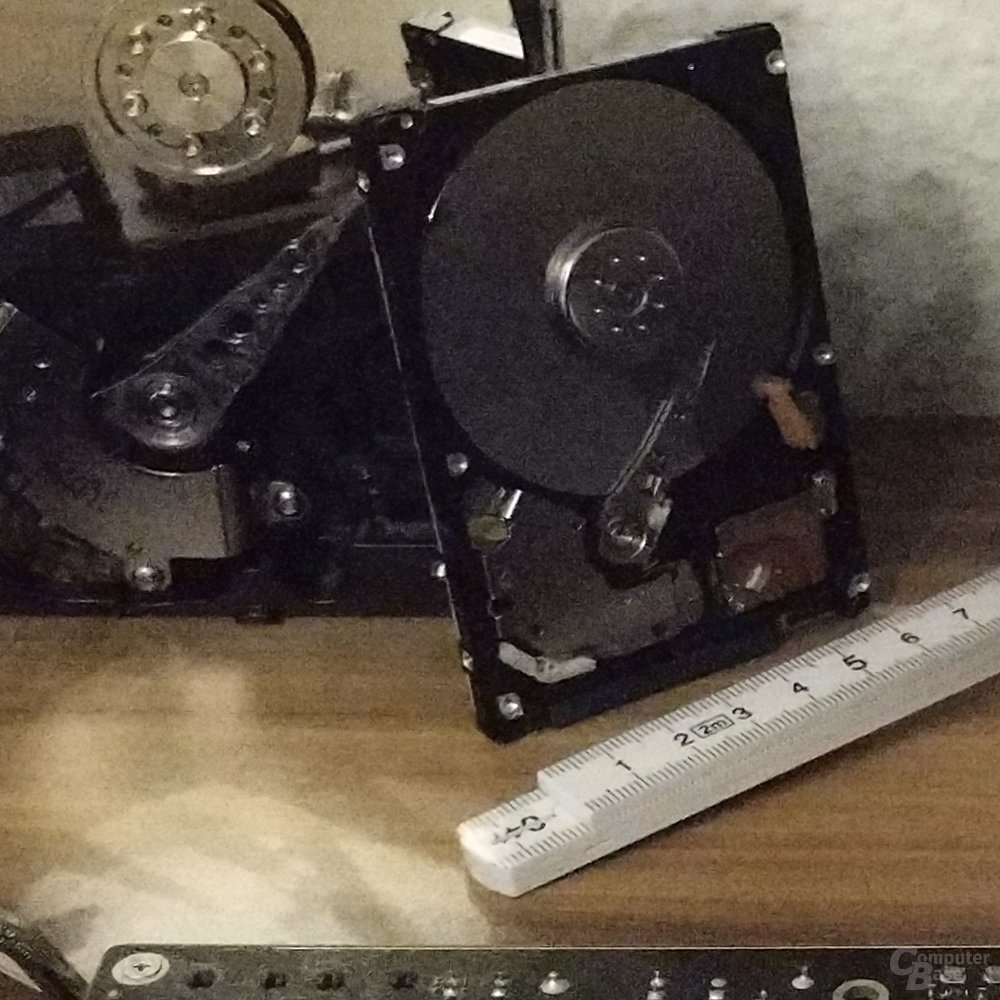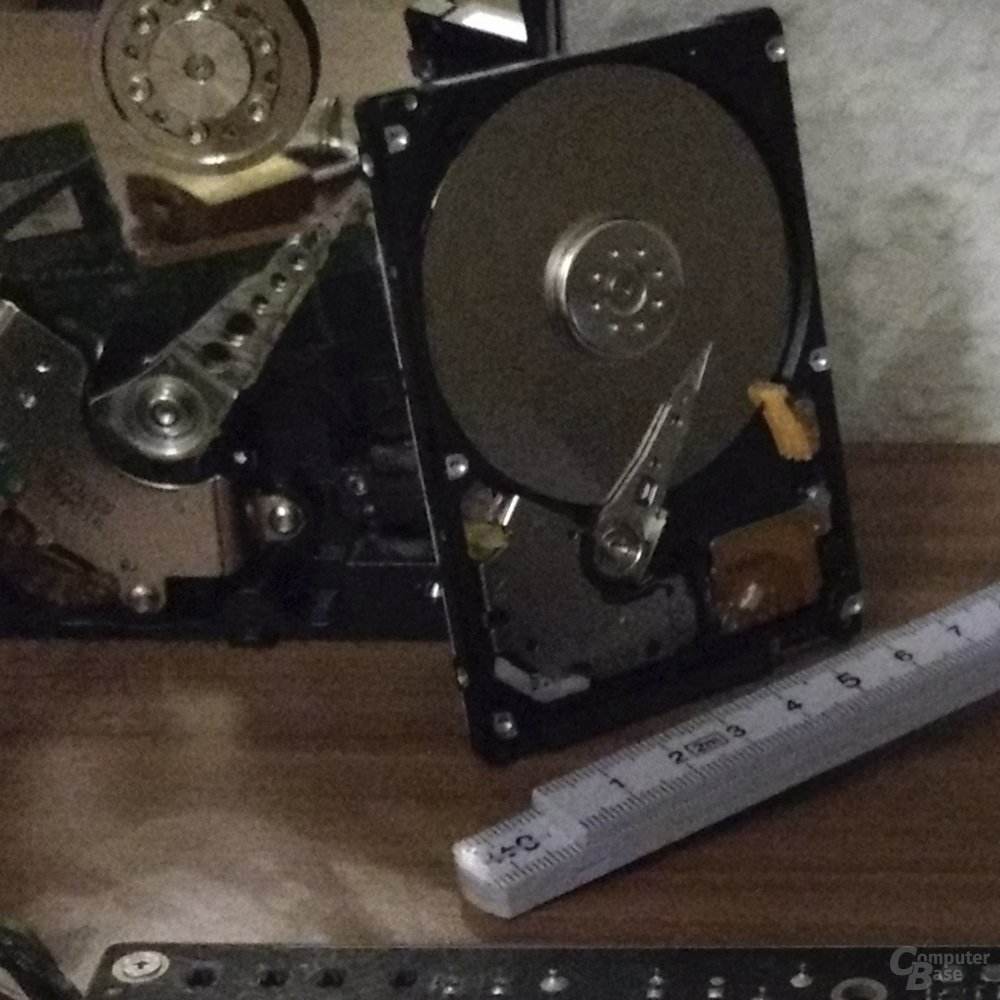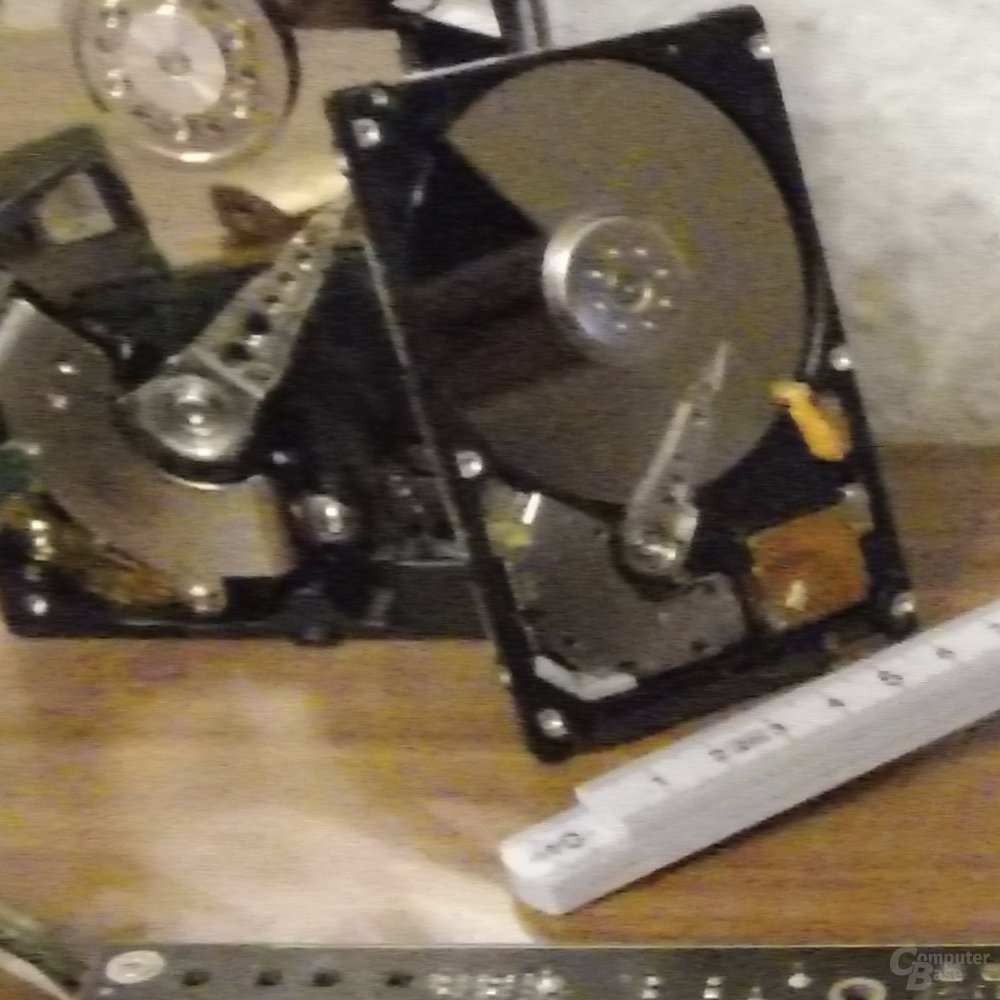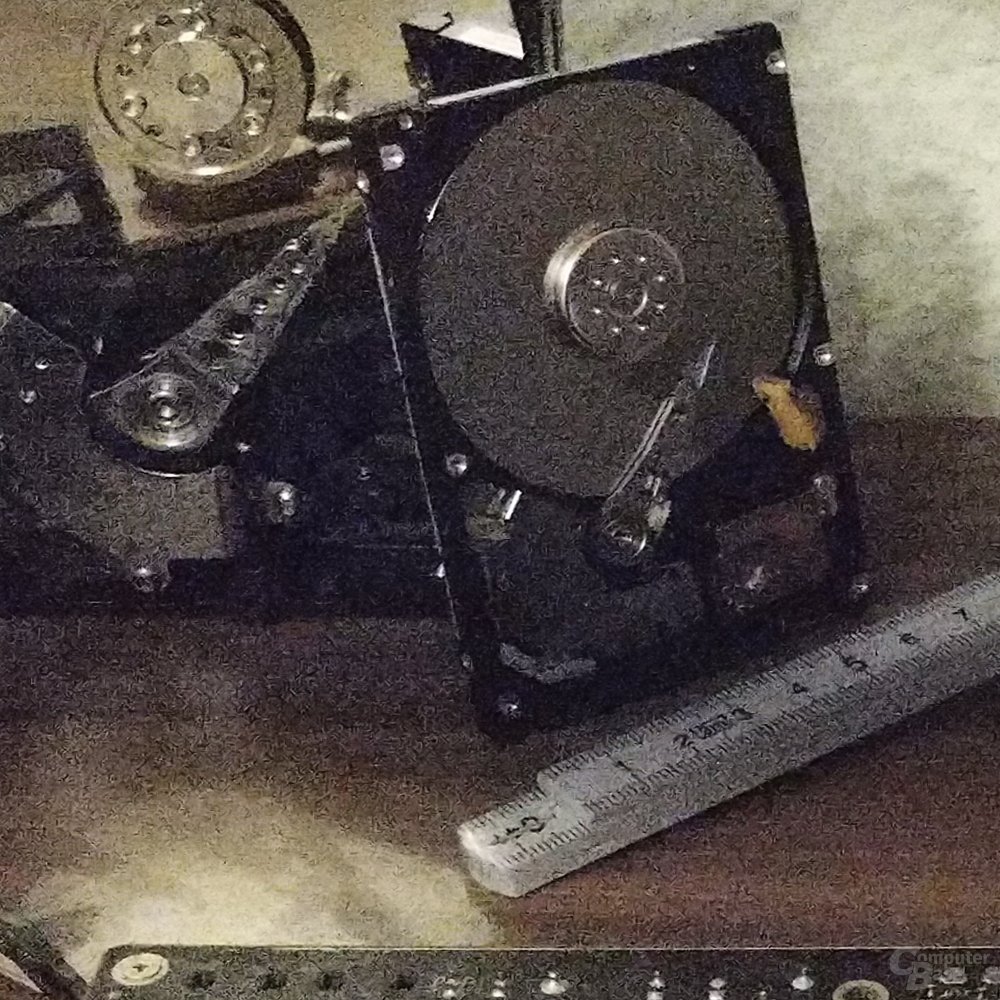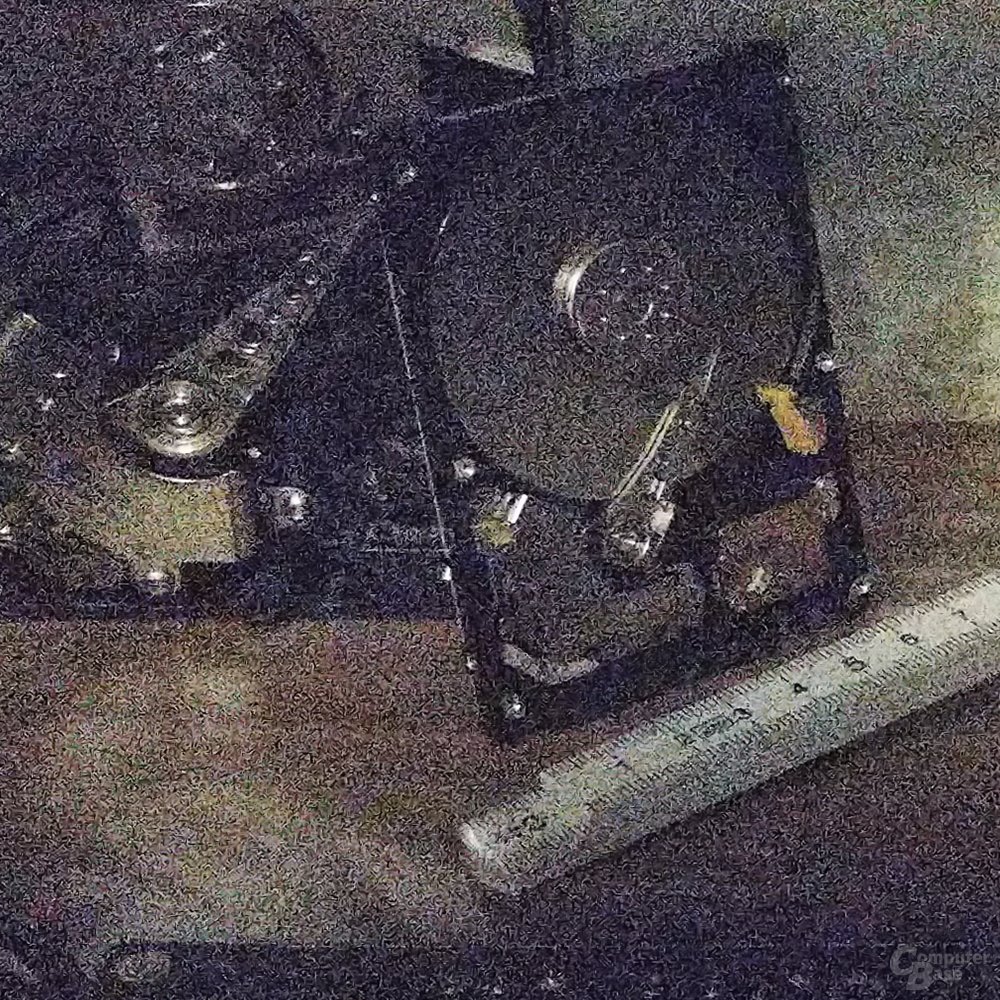Smartphone-Kameras im Test: Galaxy S7, iPhone 7, Pixel XL und Hasselblad im Vergleich
4/9Rauschverhalten der Sensoren
Hinweis: Ab einer Belichtungszeit kürzer als eine 1/60 Sekunde weisen die Fotos vertikale Schattierungen auf, die auf die Lichtquelle zurückzuführen sind. Trotz dieses Umstands ist das Rauschmuster aber gut erkennbar.
Außerdem ließ sich das Samsung Galaxy S7 edge im Gegensatz zu den anderen Smartphones nicht exakt auf denselben Punkt des Motivs fokussieren, sodass die Ausschnitte leicht unscharf sind. Für die Beurteilung des Rauschverhaltens spielt dies jedoch keine große Rolle.
| Google Pixel XL | Apple iPhone 7 Plus | Lenovo Moto Z Play | Samsung Galaxy S7 edge | Hasselblad True Zoom | |
|---|---|---|---|---|---|
| ISO 50 | – | – | |||
| ISO 100 | |||||
| ISO 200 | |||||
| ISO 400 | |||||
| ISO 800 | |||||
| ISO 1.600 | – | ||||
| ISO 3.200 | – | – | |||
| ISO 6.400 | – | – | – | – | |
| ISO 12.800 | – | – | – | – |
Bei der niedrigsten gemeinsam einstellbaren Empfindlichkeit von ISO 50 gibt es bei den drei Smartphones Google Pixel XL, Apple iPhone 7 Plus und Samsung Galaxy S7 Edge kein sichtbares Rauschmuster in der 100-Prozent-Ansicht. An dieser Aussage ändert sich auch nach einer Erhöhung der Sensorempfindlichkeit auf ISO 100 grundlegend nichts. Dasselbe gilt für das Lenovo Moto Z Play sowie die Hasselblad True Zoom, die ebenfalls kein oder nur leicht sichtbares Rauschen zeigen.
Bei höheren Empfindlichkeiten schneiden alle Smartphones ähnlich gut ab
Die ersten wirklich erkennbaren Unterschiede zwischen den Smartphones treten bei einer Empfindlichkeit von ISO 800 auf. Während das Google Pixel XL und das Apple iPhone 7 Plus ein bereits ausgeprägtes Rauschmuster an den Tag legen, zeigen das Lenovo Moto Z Play und das Samsung Galaxy S7 edge ein etwas zurückhaltenderes Rauschsignal.
Die Hasselblad True Zoom liefert bis ISO 1.600 die meisten Details, dicht gefolgt vom Google Pixel XL, allerdings bricht die Leistung des Sensors beim Maximalwert von ISO 3.200 dramatisch ein und schluckt viele Details. Das Apple iPhone 7 Plus bildet hinsichtlich der Stärke des Rauschens das Schlusslicht beim Vergleich mit einer Empfindlichkeit von ISO 1.600.
Googles Pixel XL ist das einzige Smartphone im Test, das höher als ISO 3.200 eingestellt werden kann. Wie anhand der High-ISO-Ausschnitte jedoch klar zu erkennen ist, ist dies kaum erstrebenswert, da sehr viele Details verloren gehen und Aufnahmen mit ISO 6.400 oder 12.800 ein extrem hohes Rauschsignal aufweisen. Im Alltag sind solche Fotos für gewöhnlich nicht mehr zu gebrauchen.
| Google Pixel XL | Apple iPhone 7 Plus | Lenovo Moto Z Play | Samsung Galaxy S7 edge | Hasselblad True Zoom | |
|---|---|---|---|---|---|
| ISO 50 | – | – | |||
| ISO 100 | |||||
| ISO 200 | |||||
| ISO 400 | |||||
| ISO 800 | |||||
| ISO 1.600 | – | ||||
| ISO 3.200 | – | – | |||
| ISO 6.400 | – | – | – | – | |
| ISO 12.800 | – | – | – | – |


